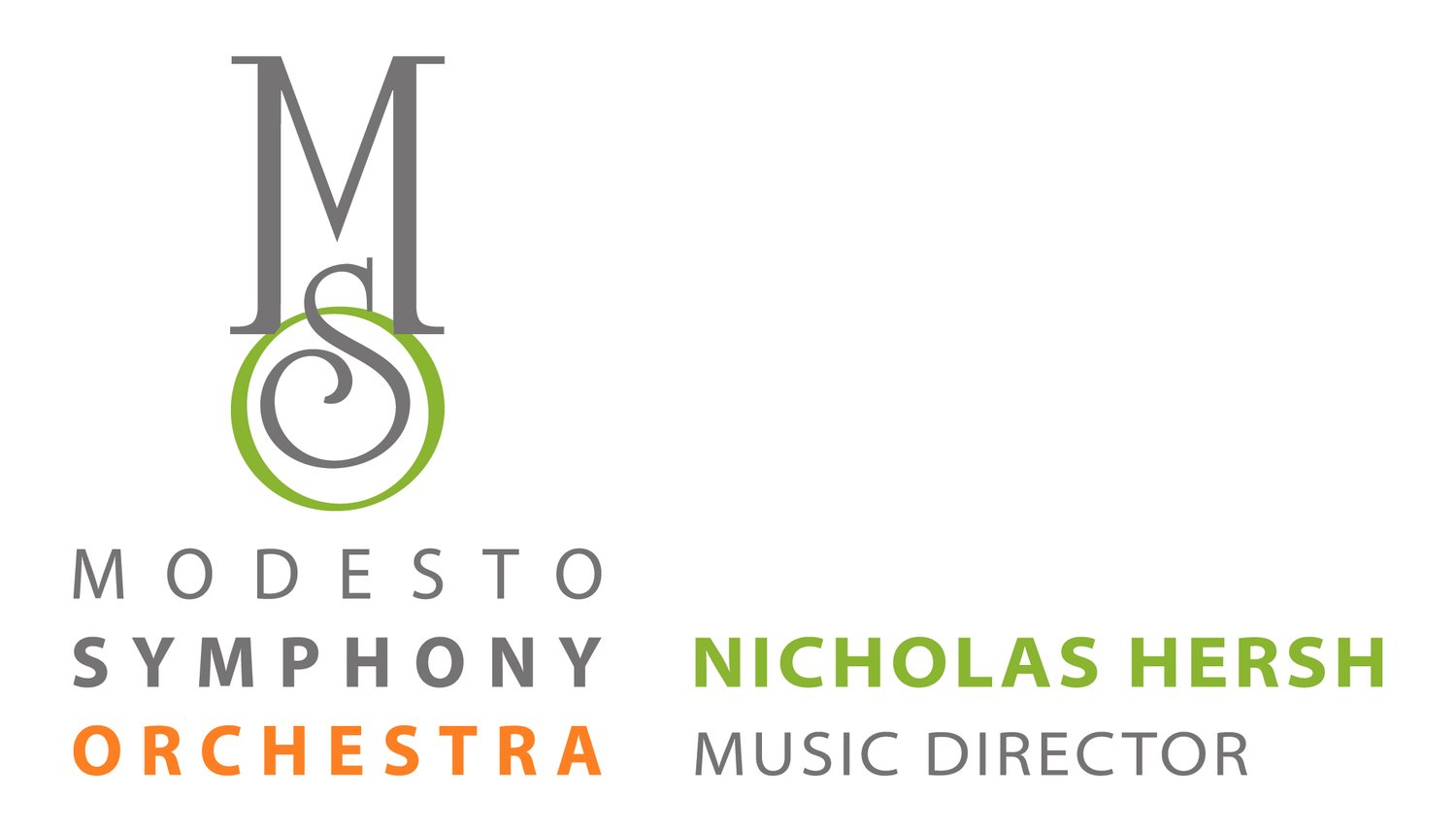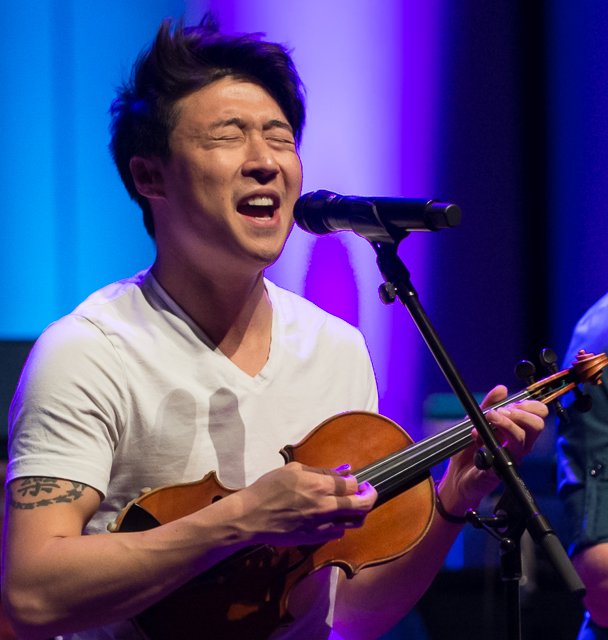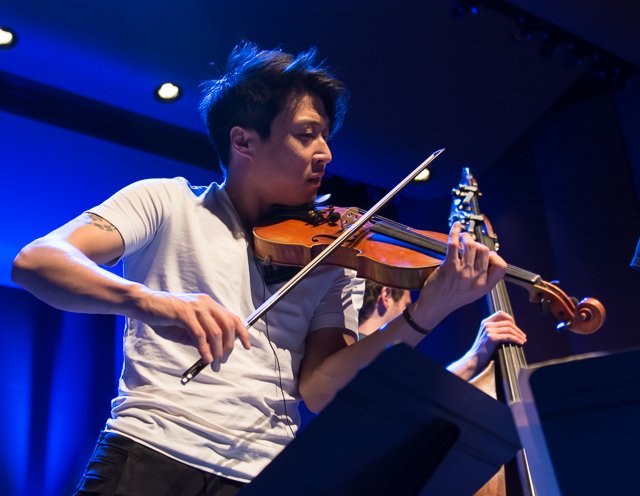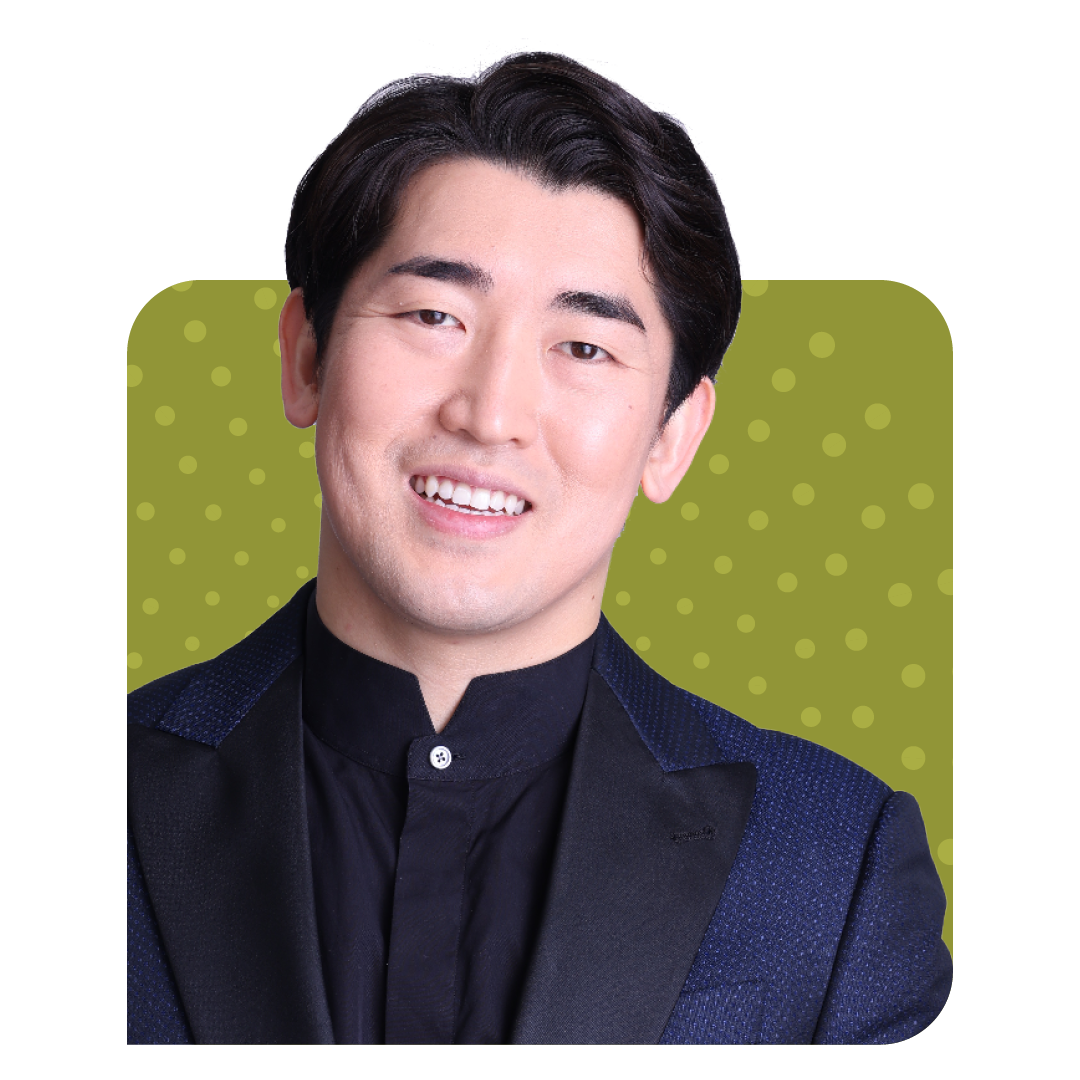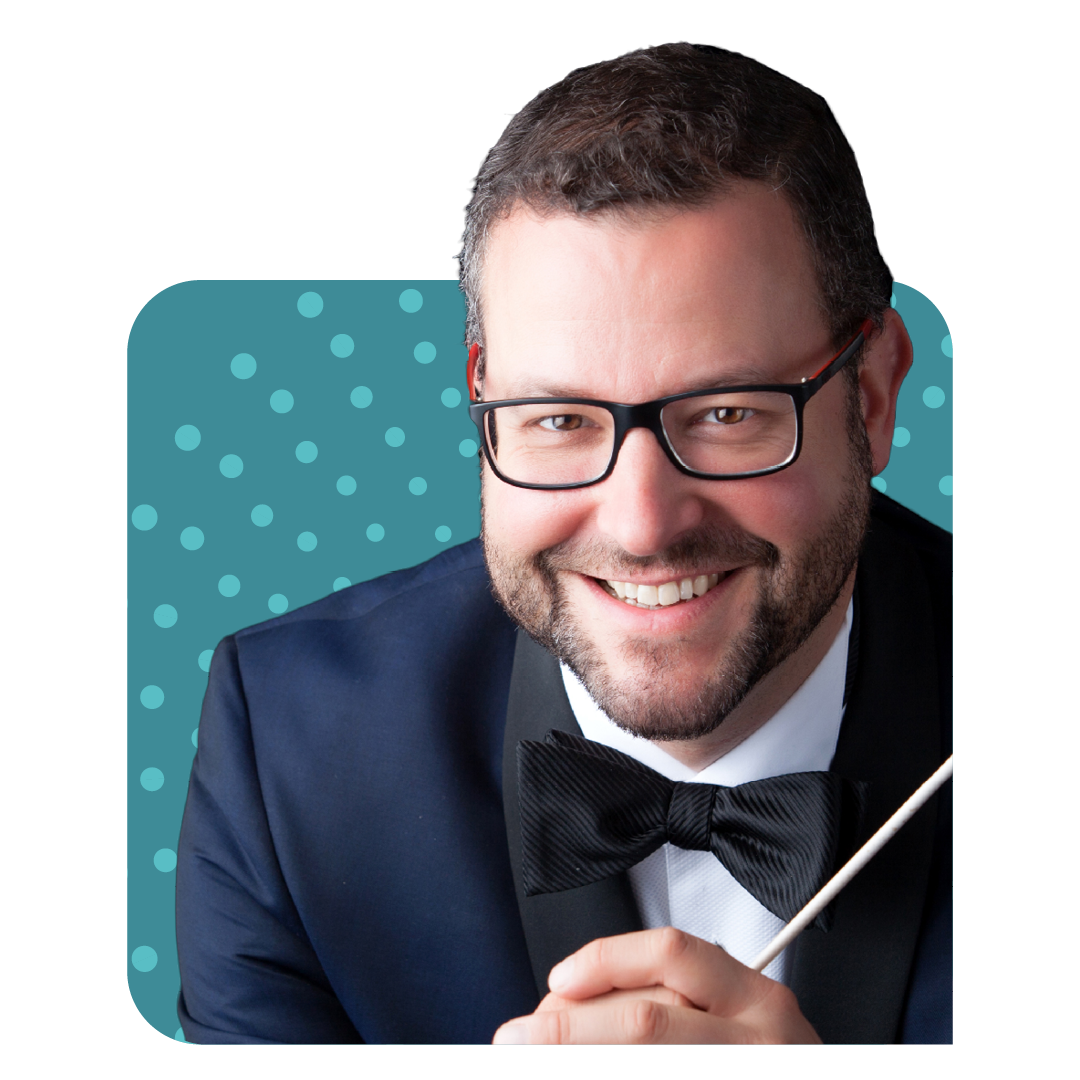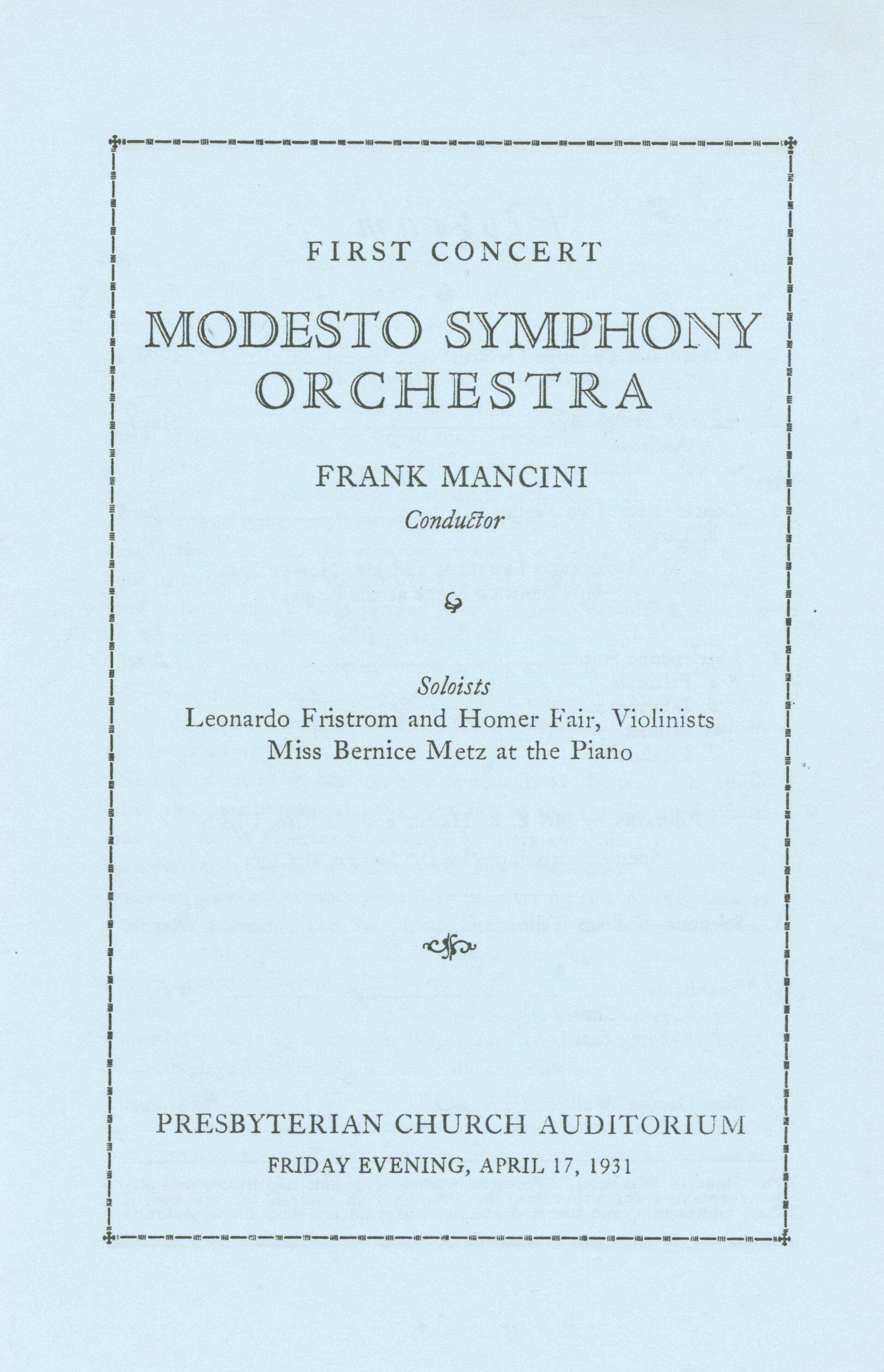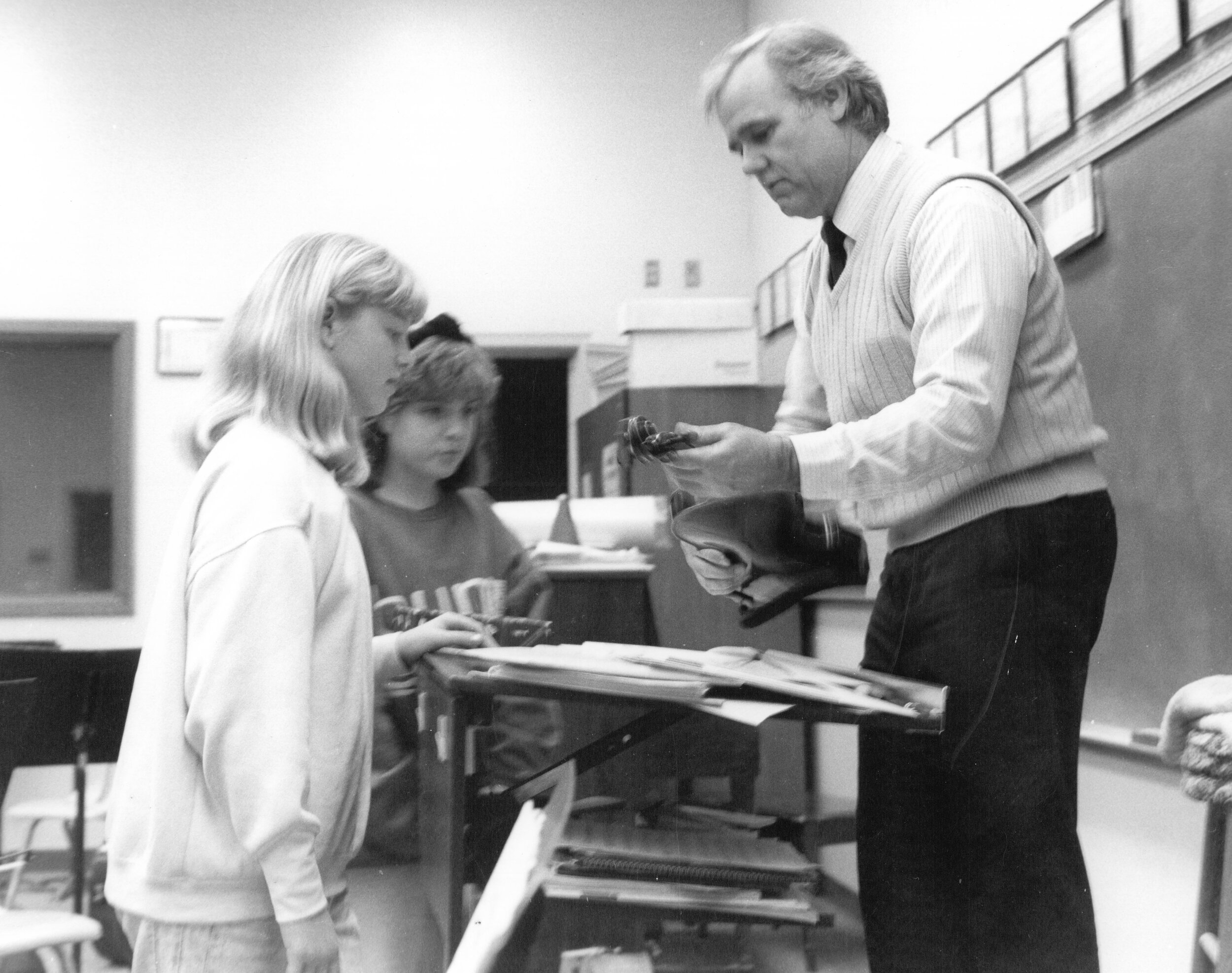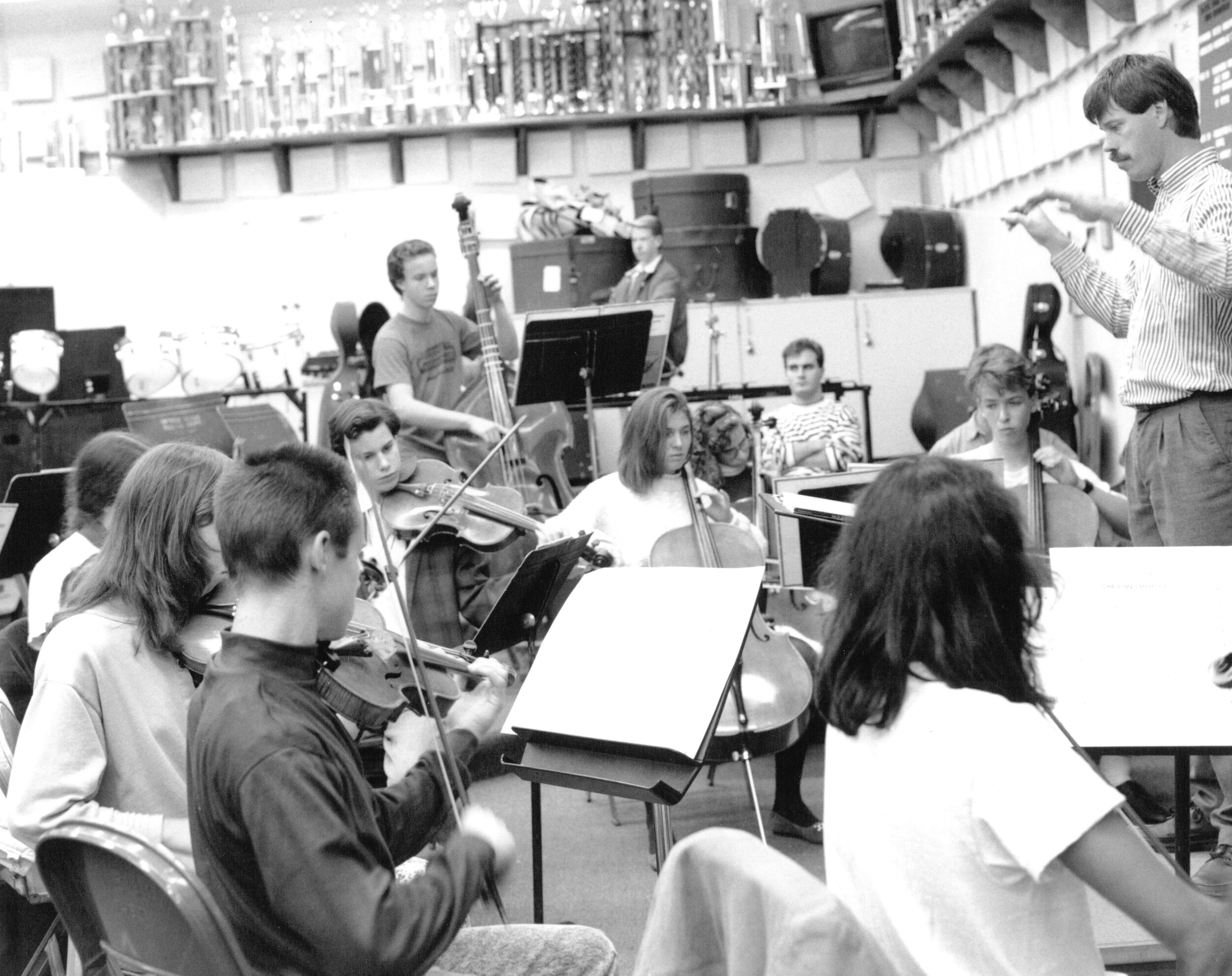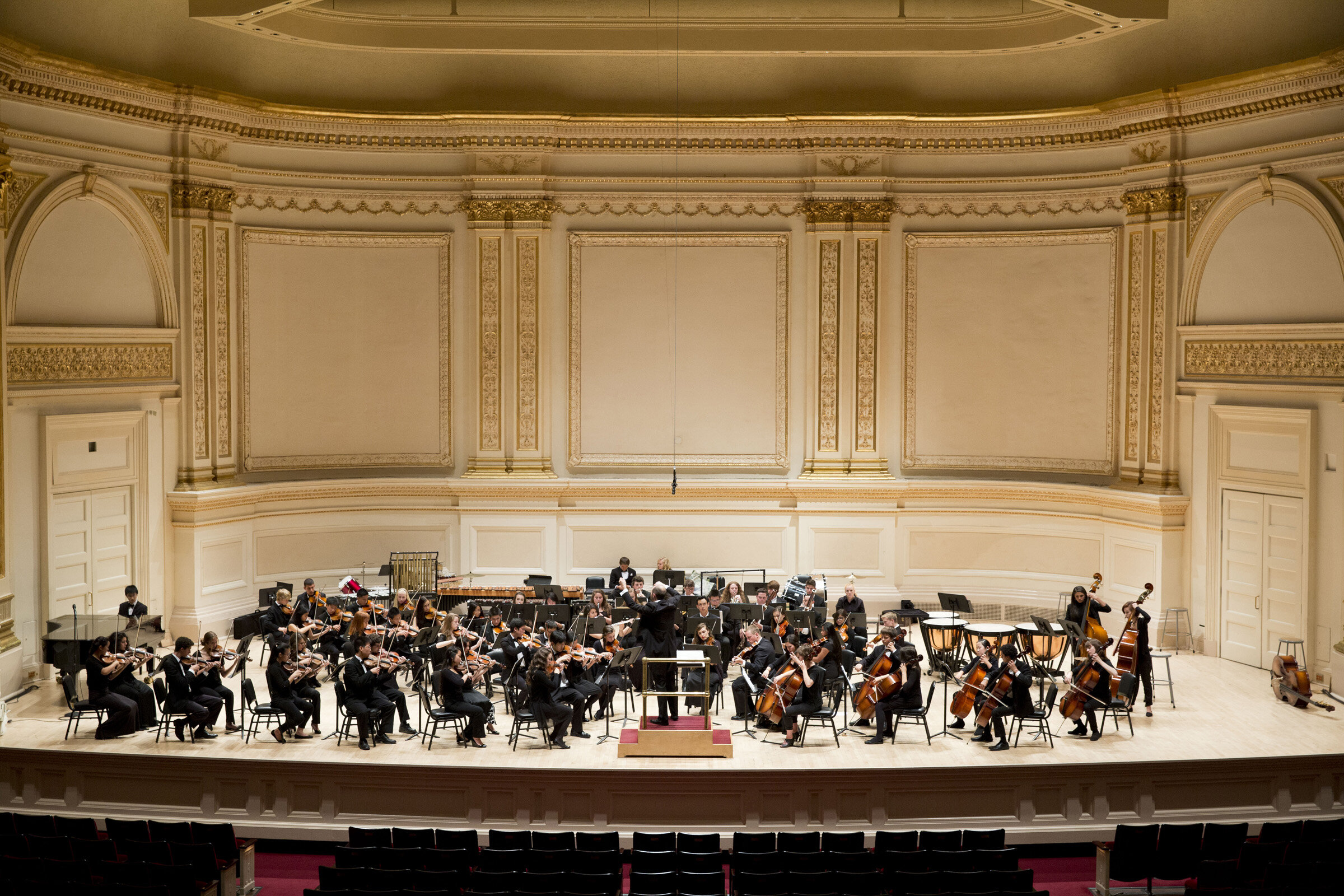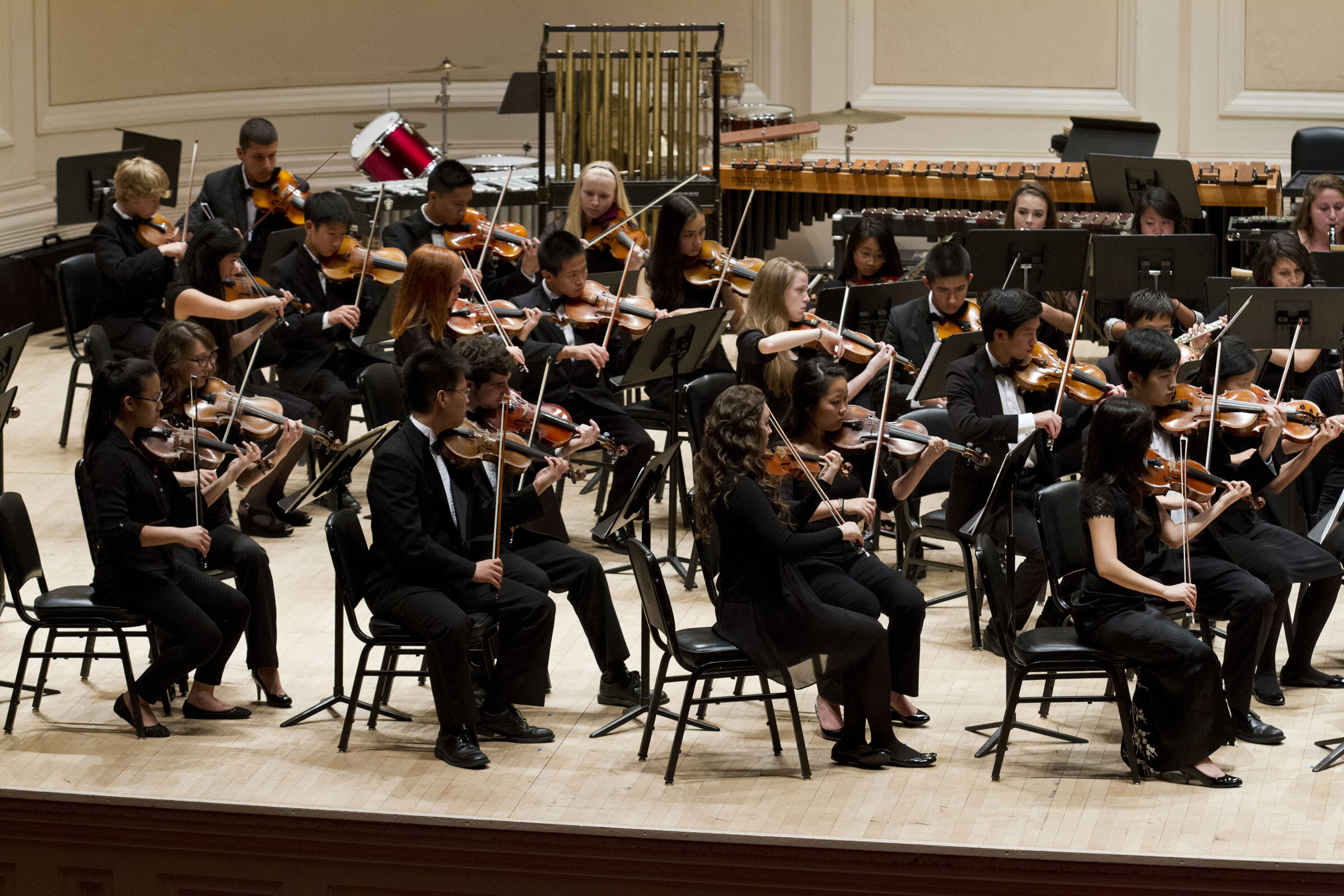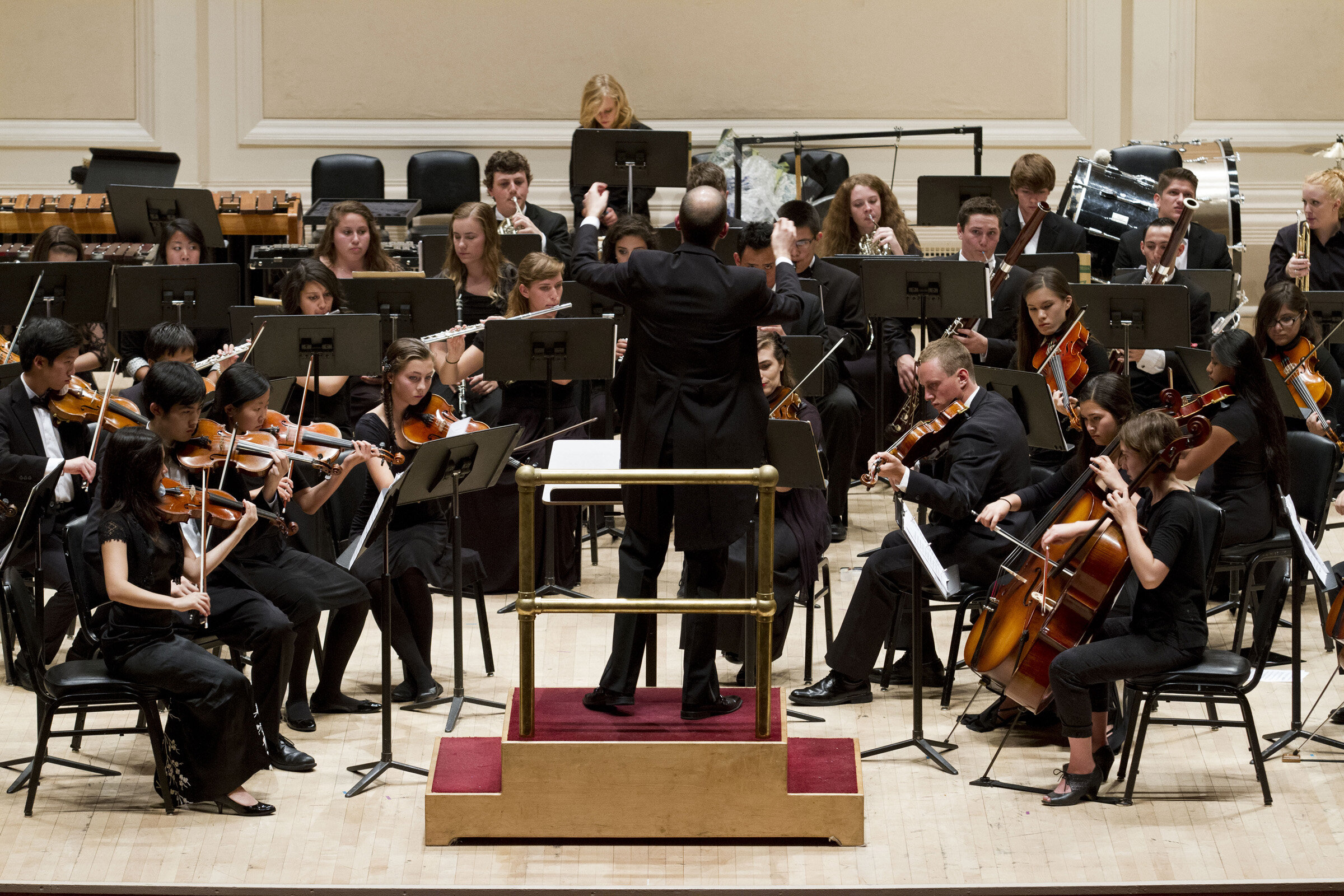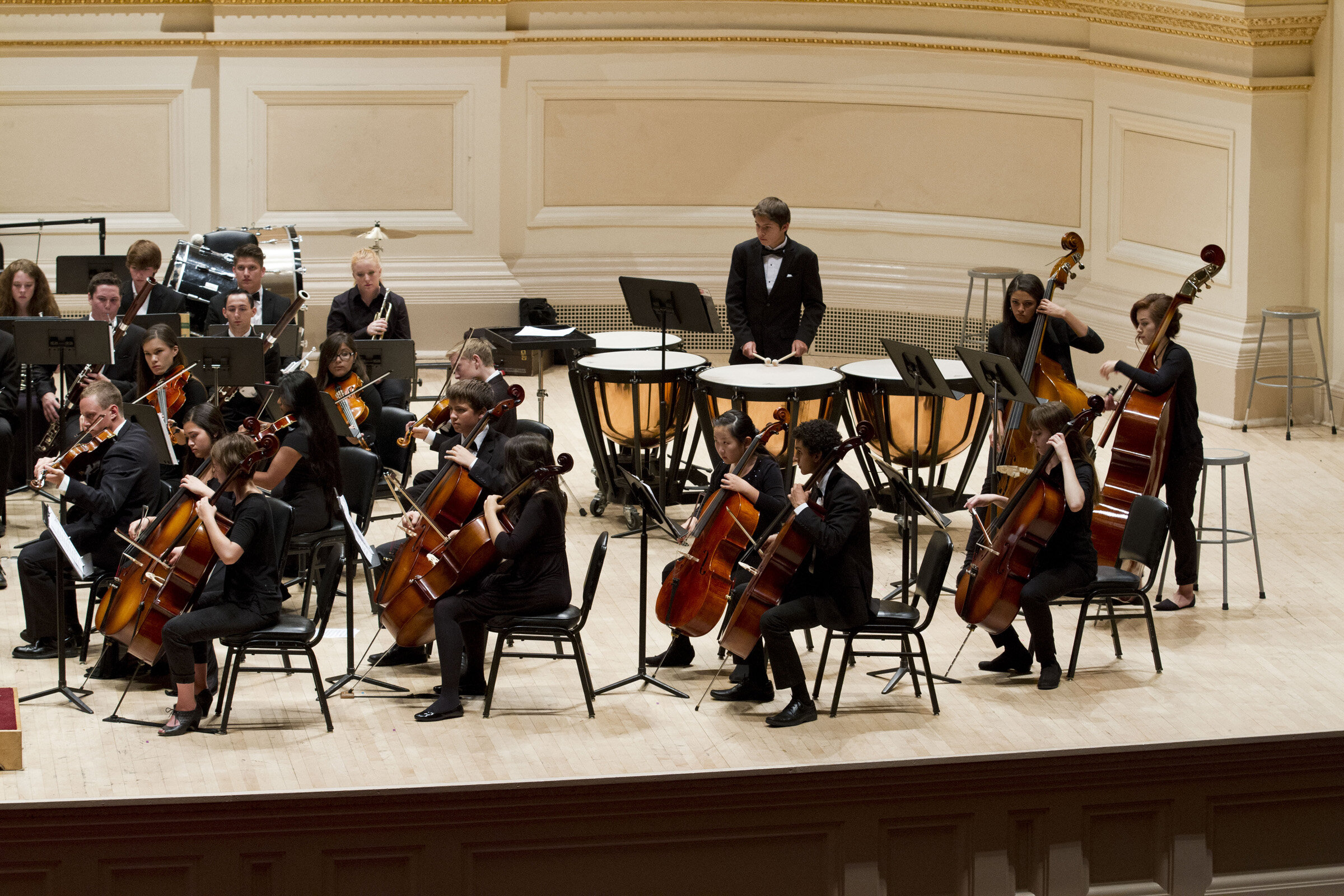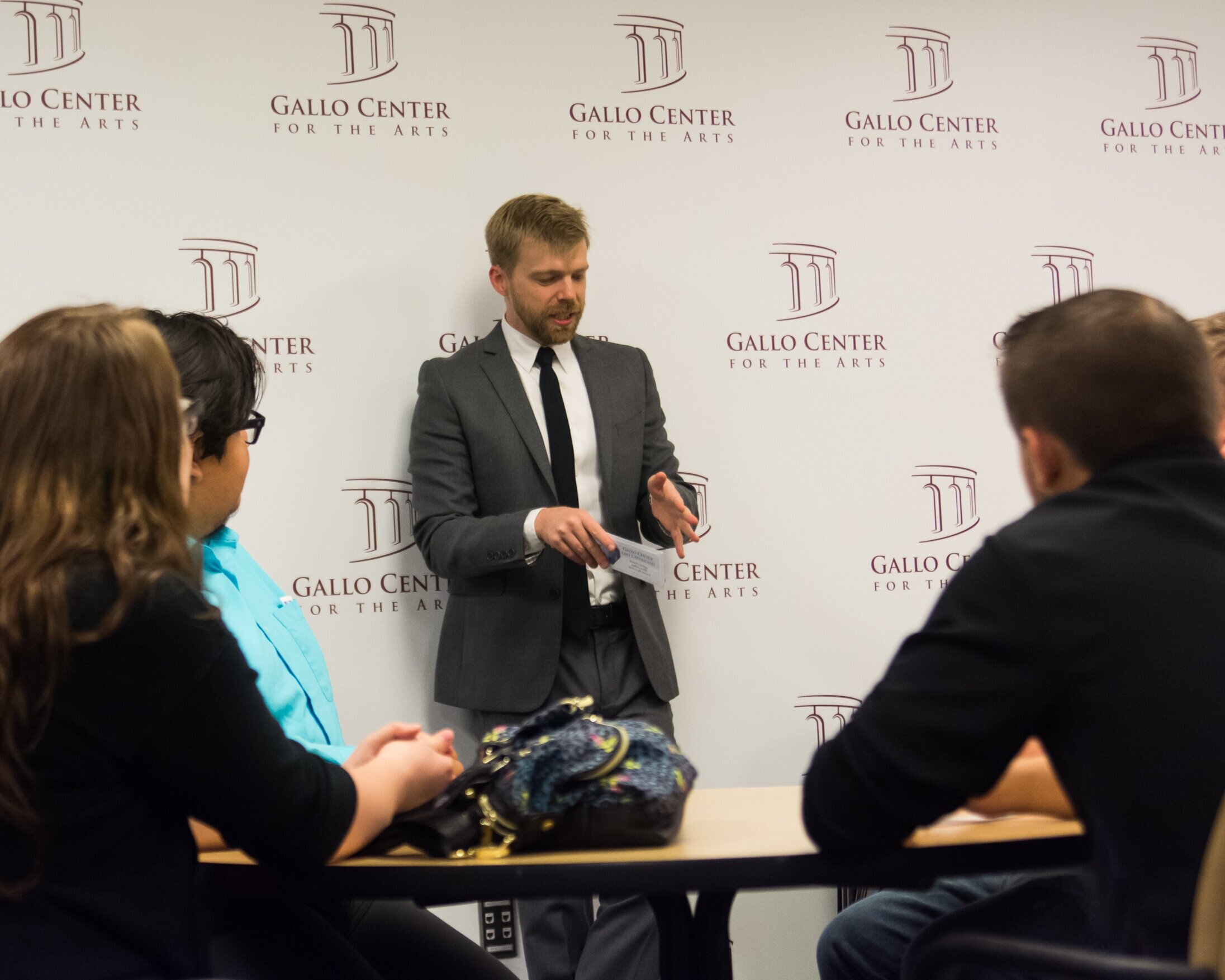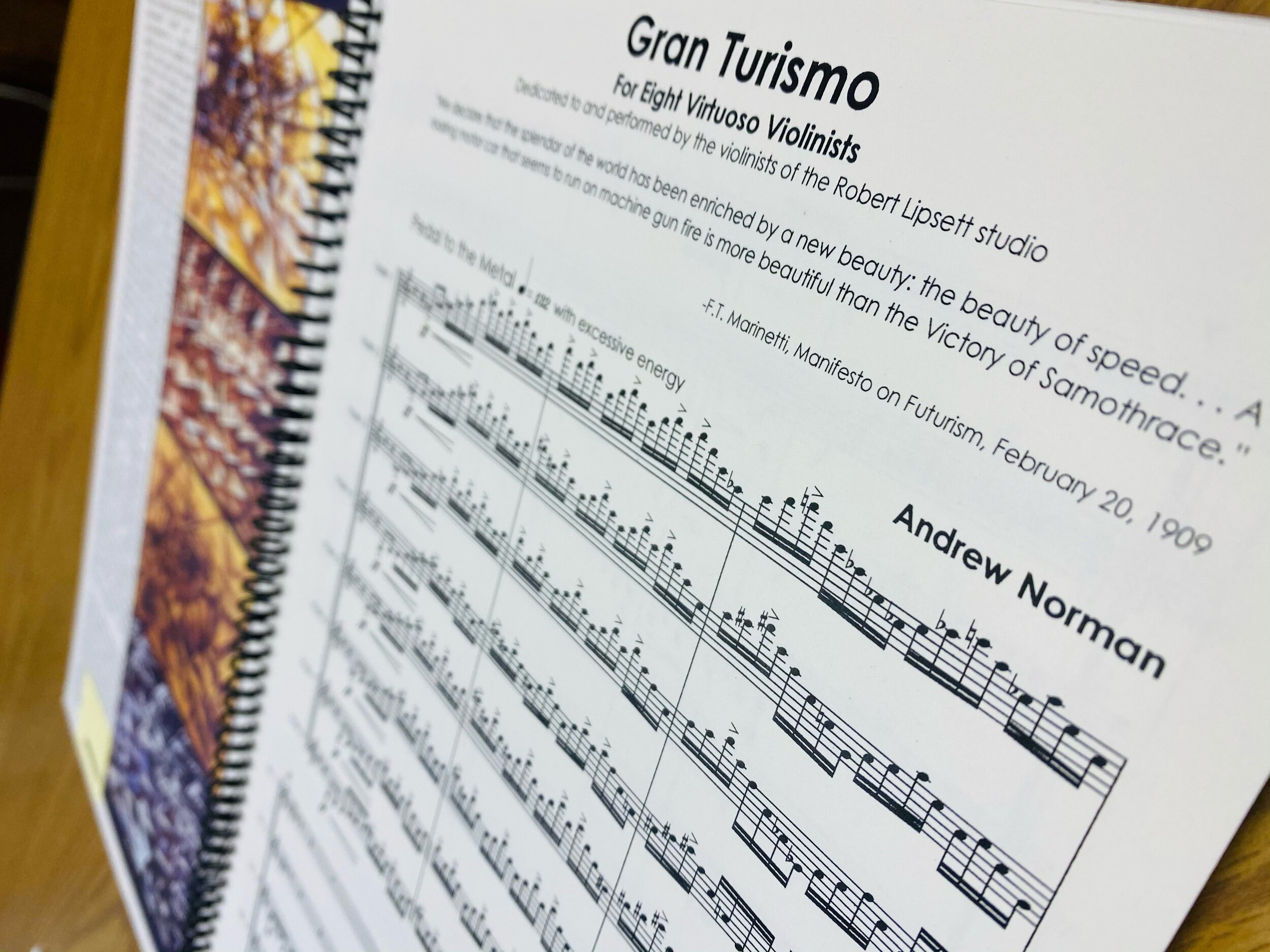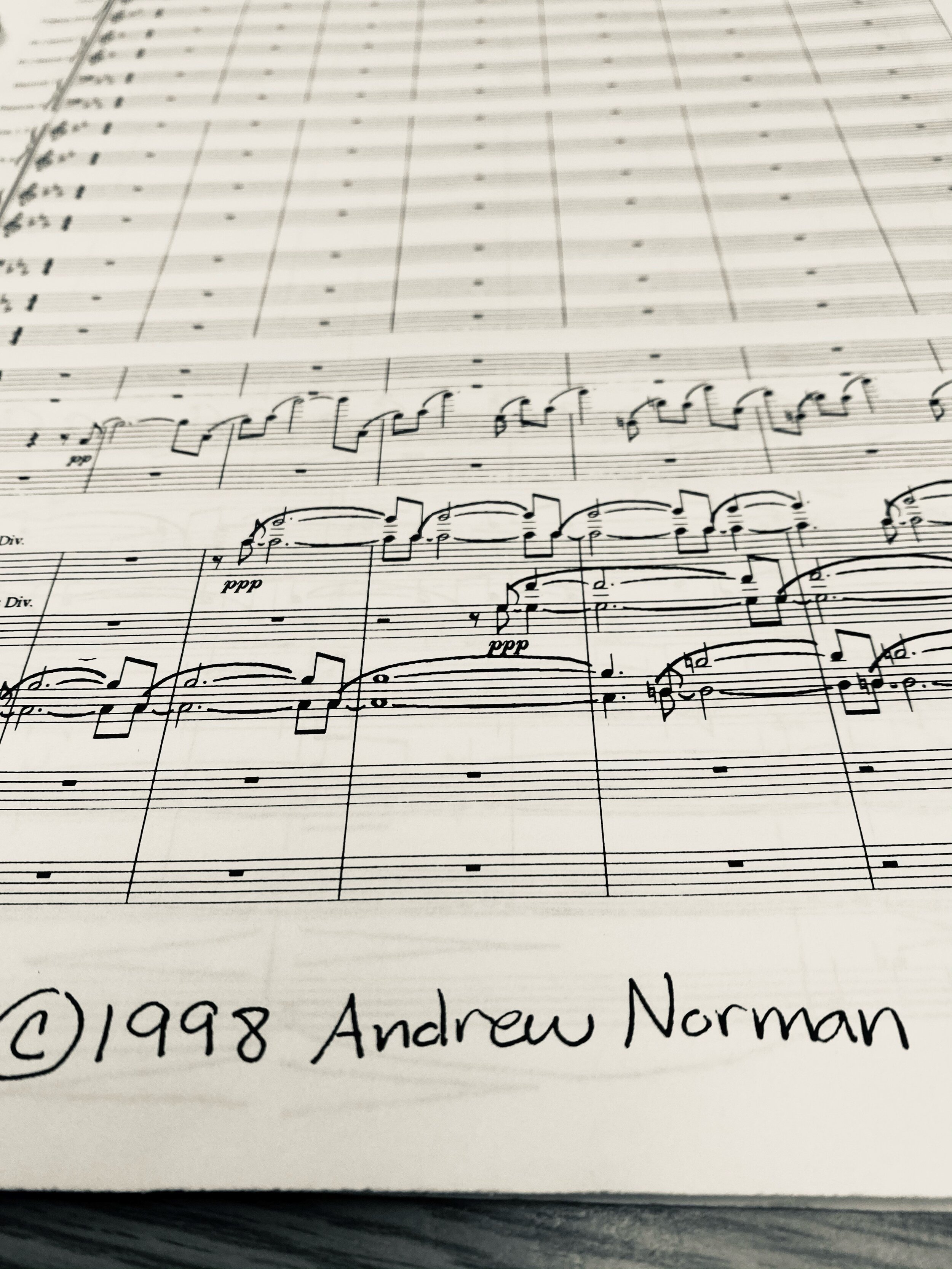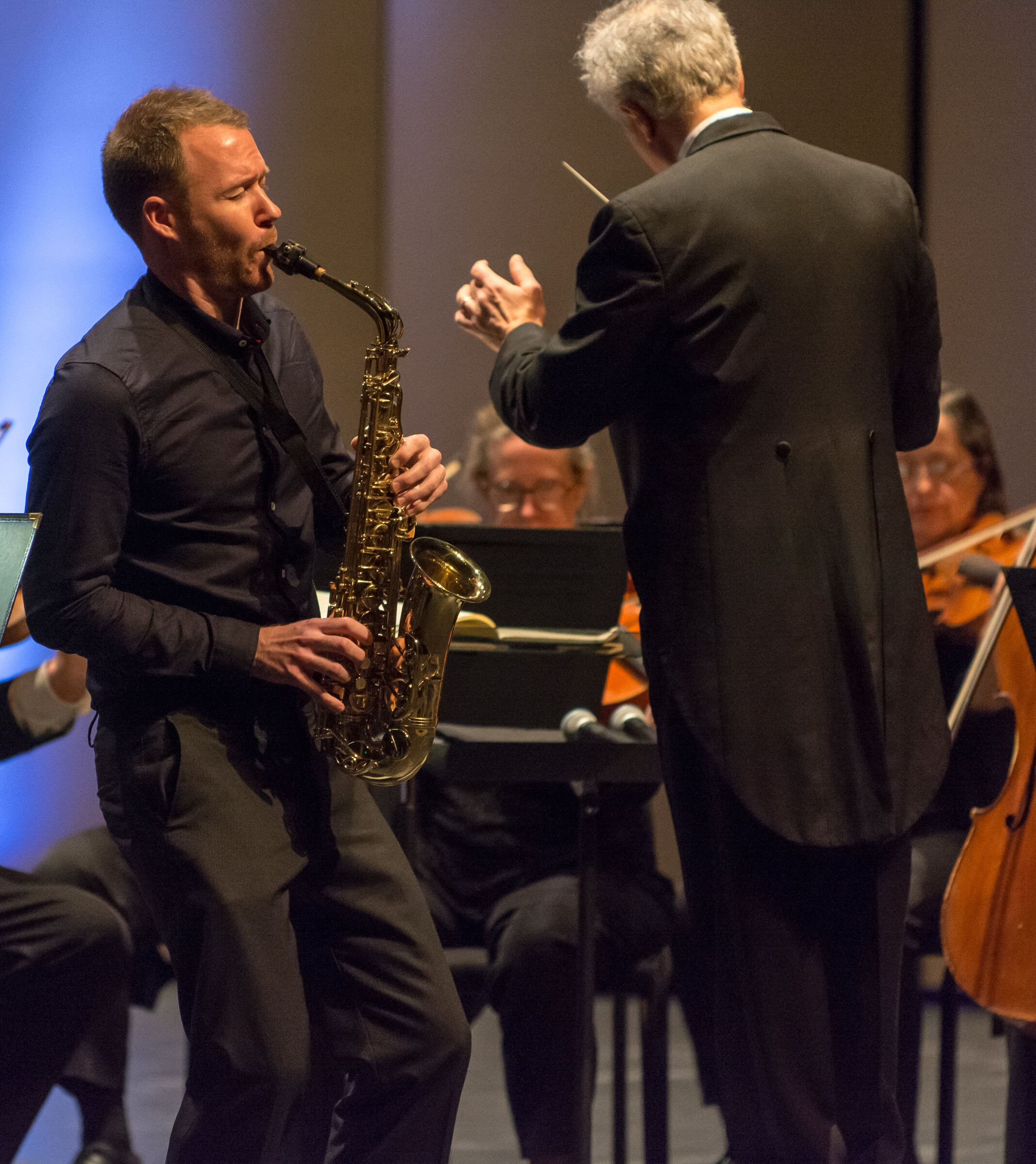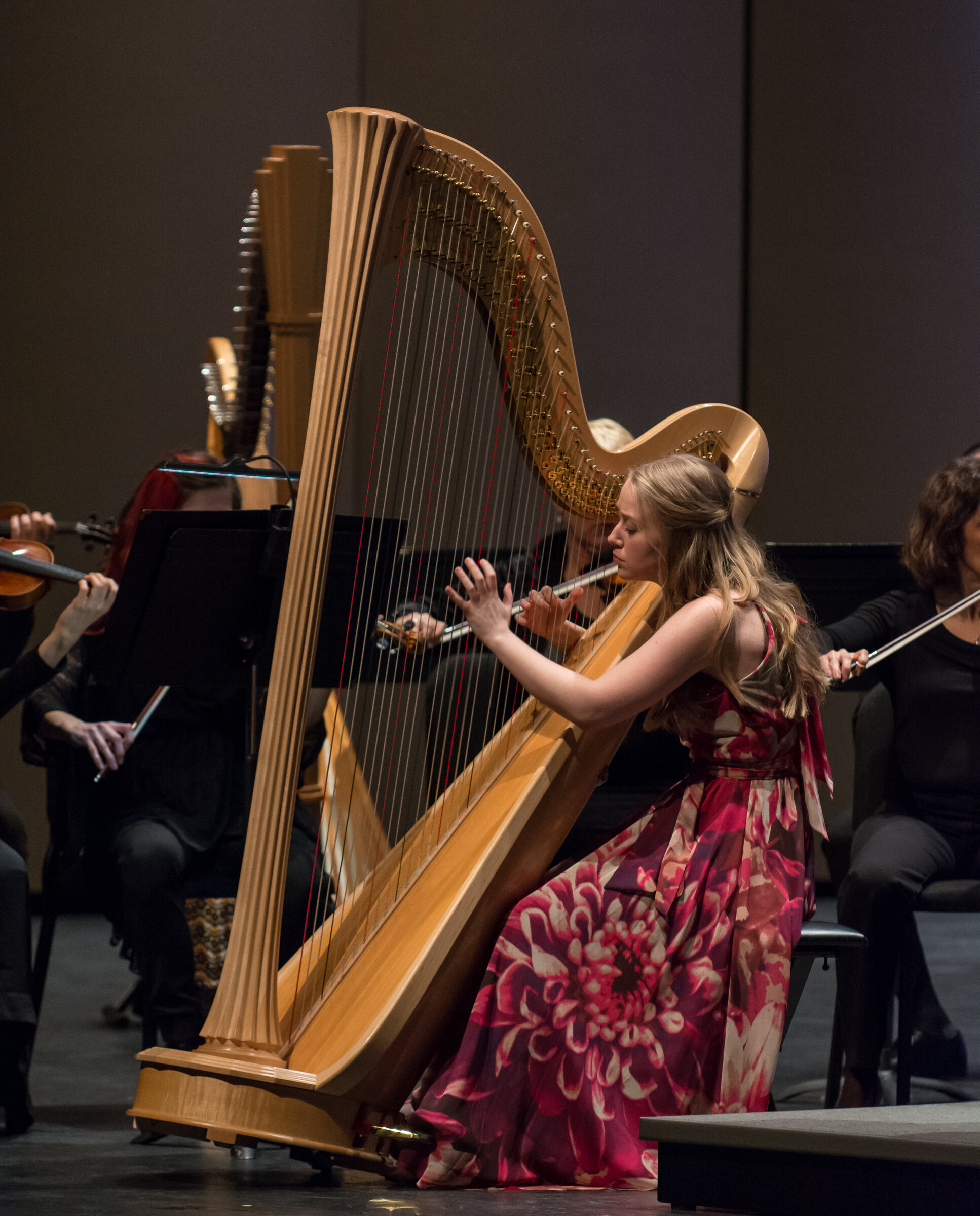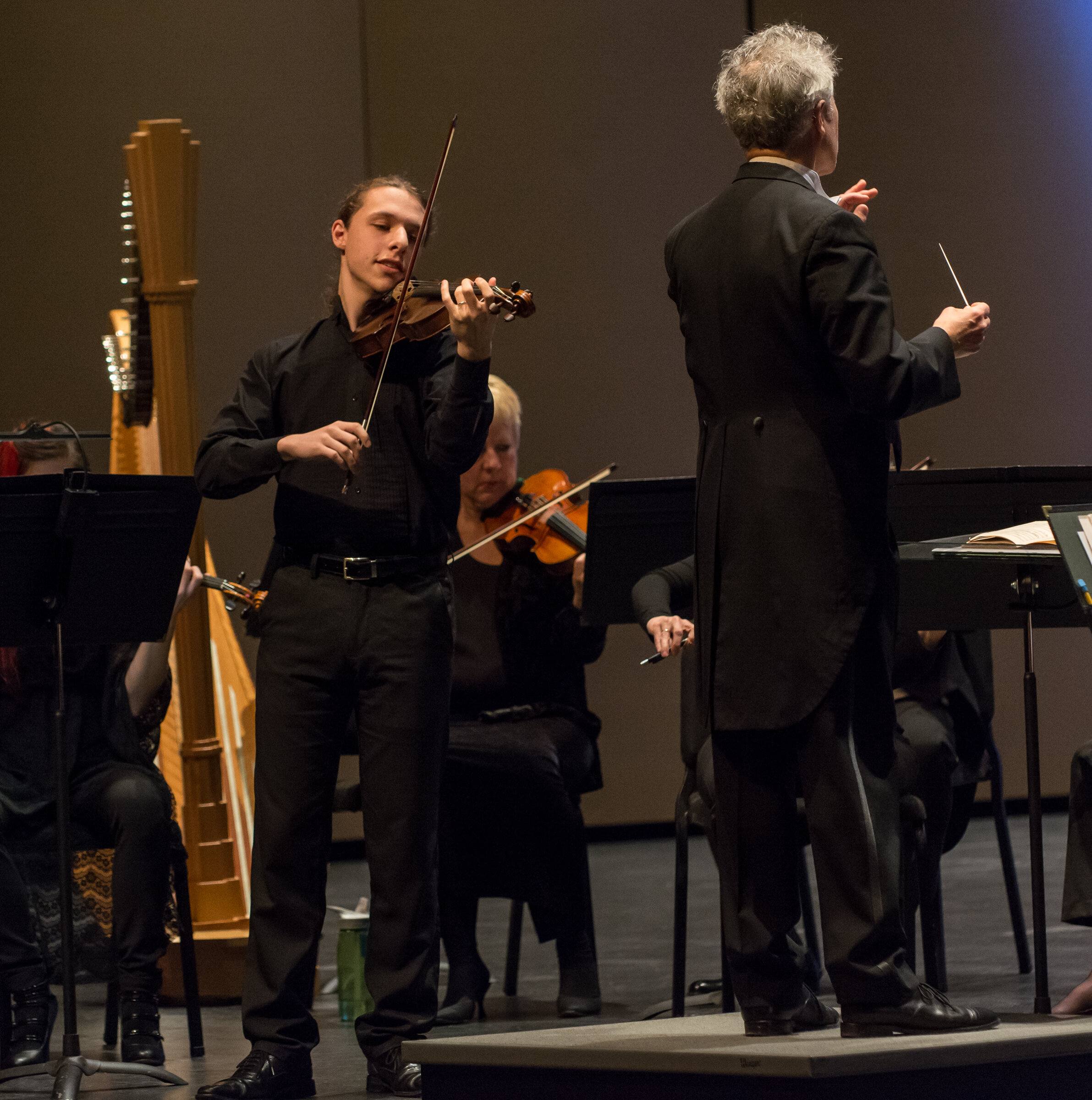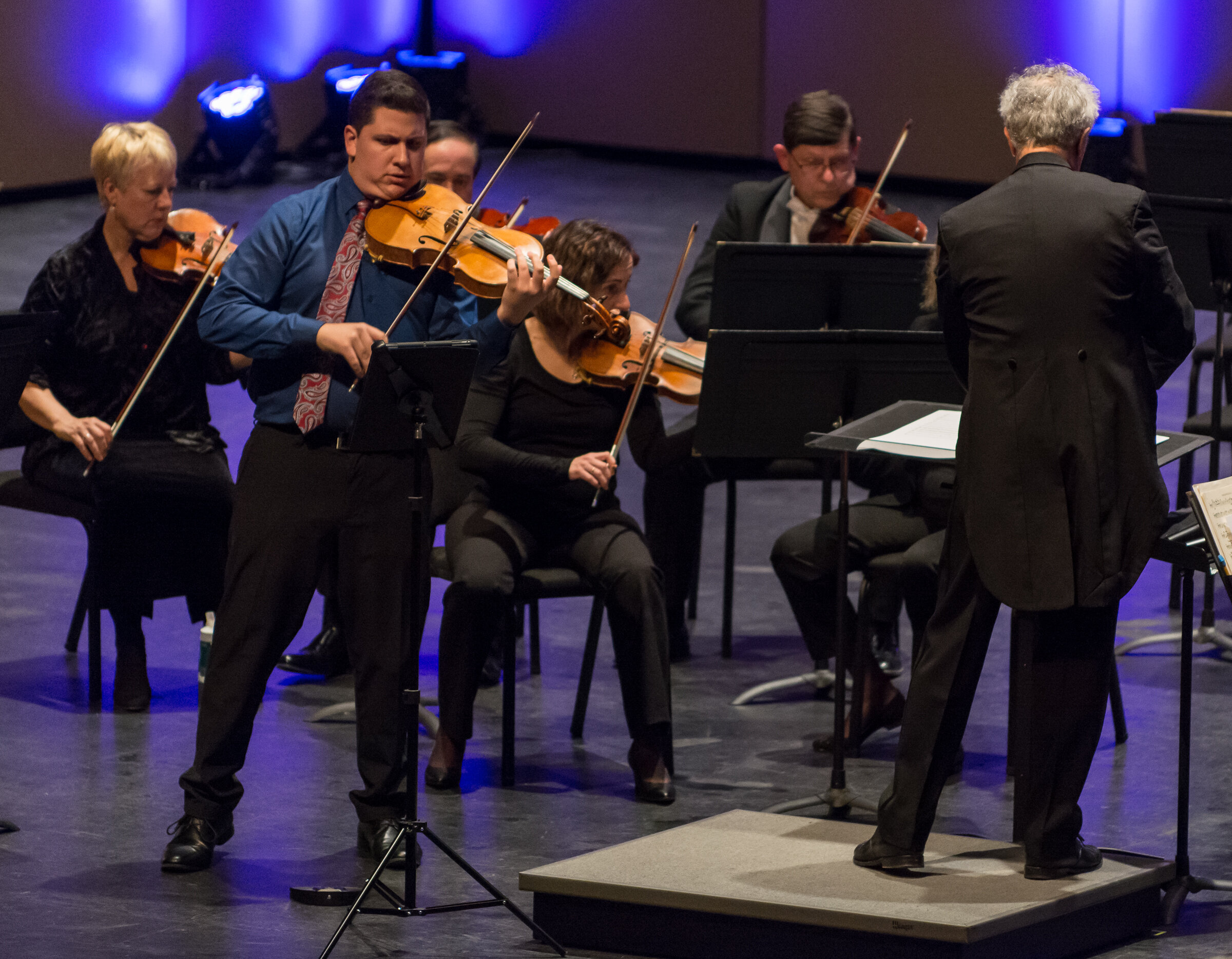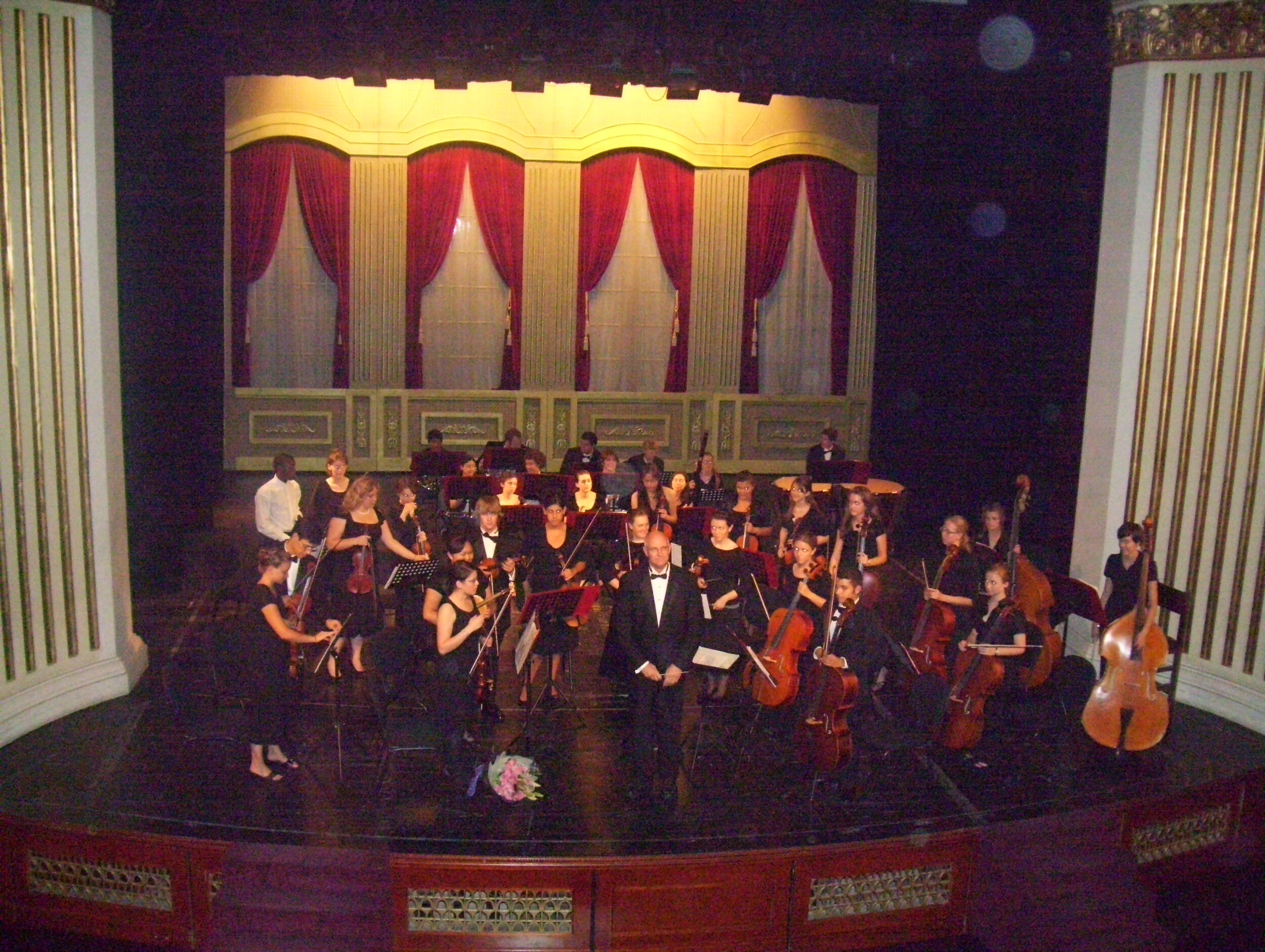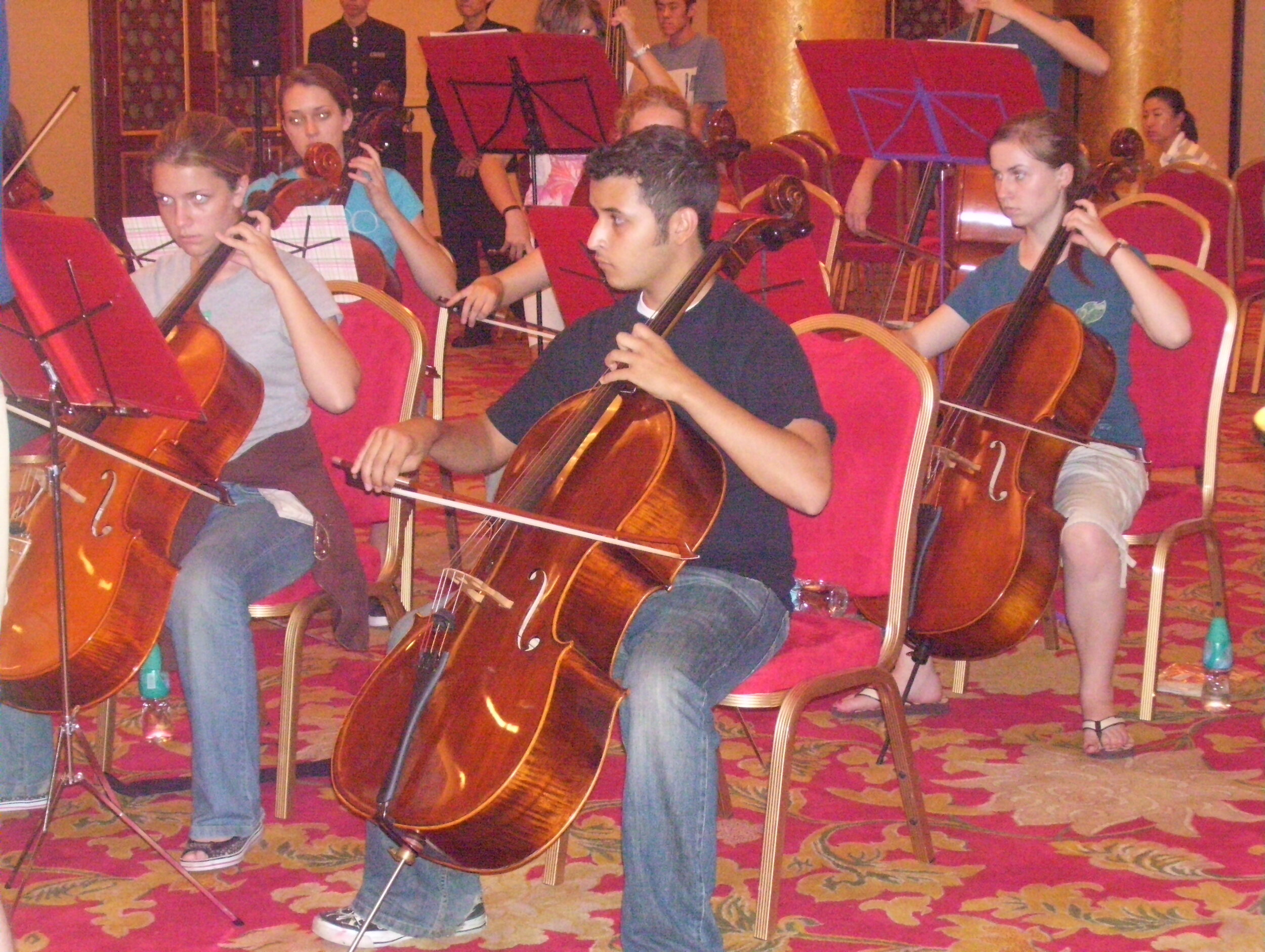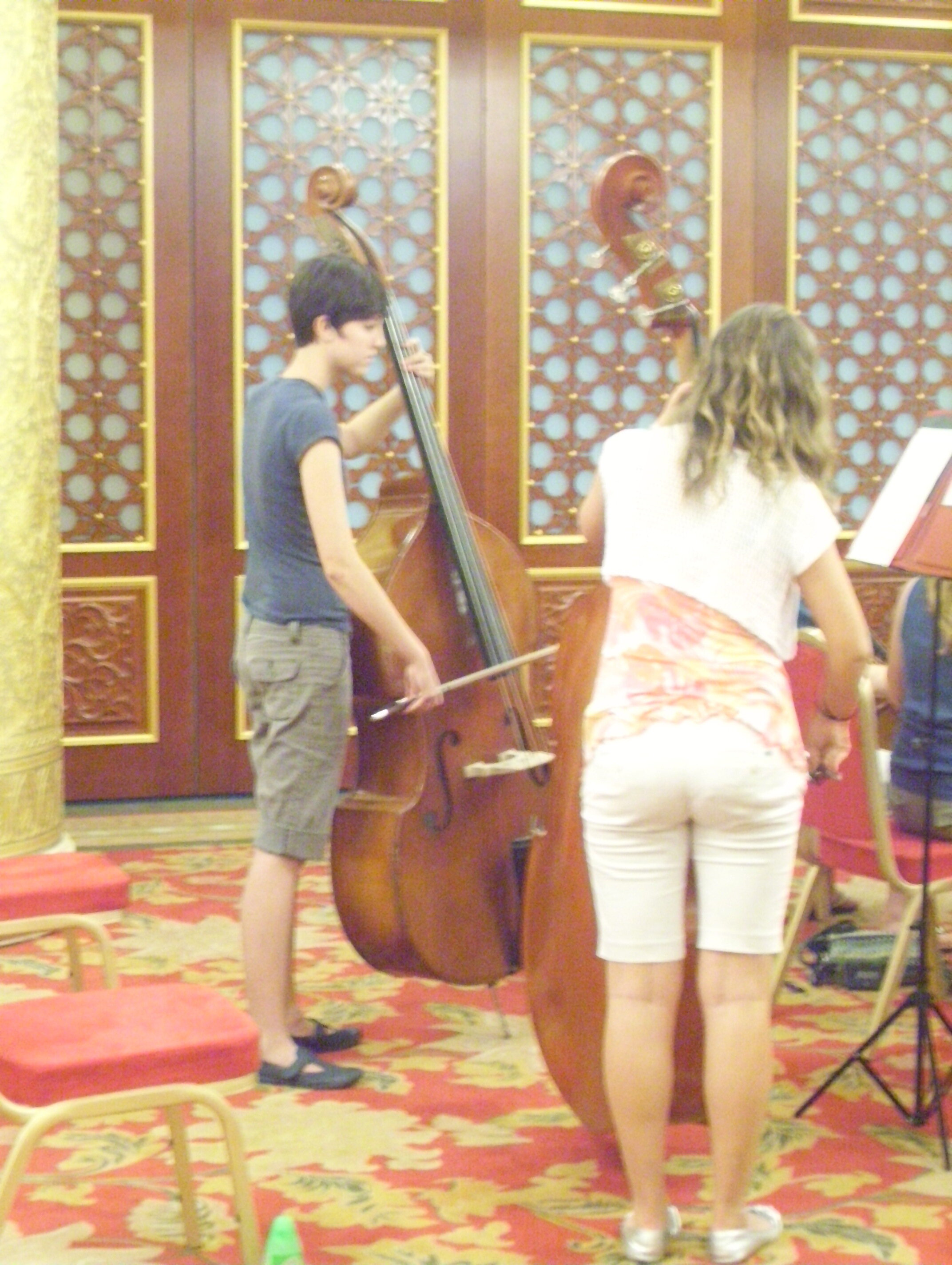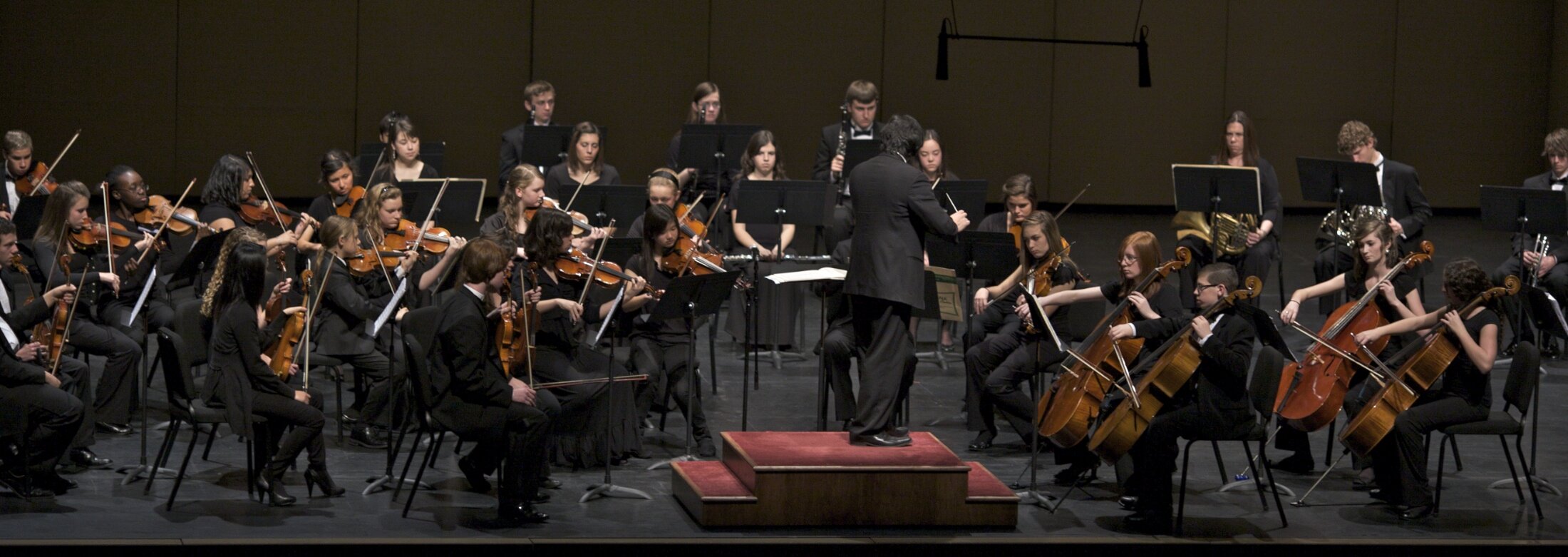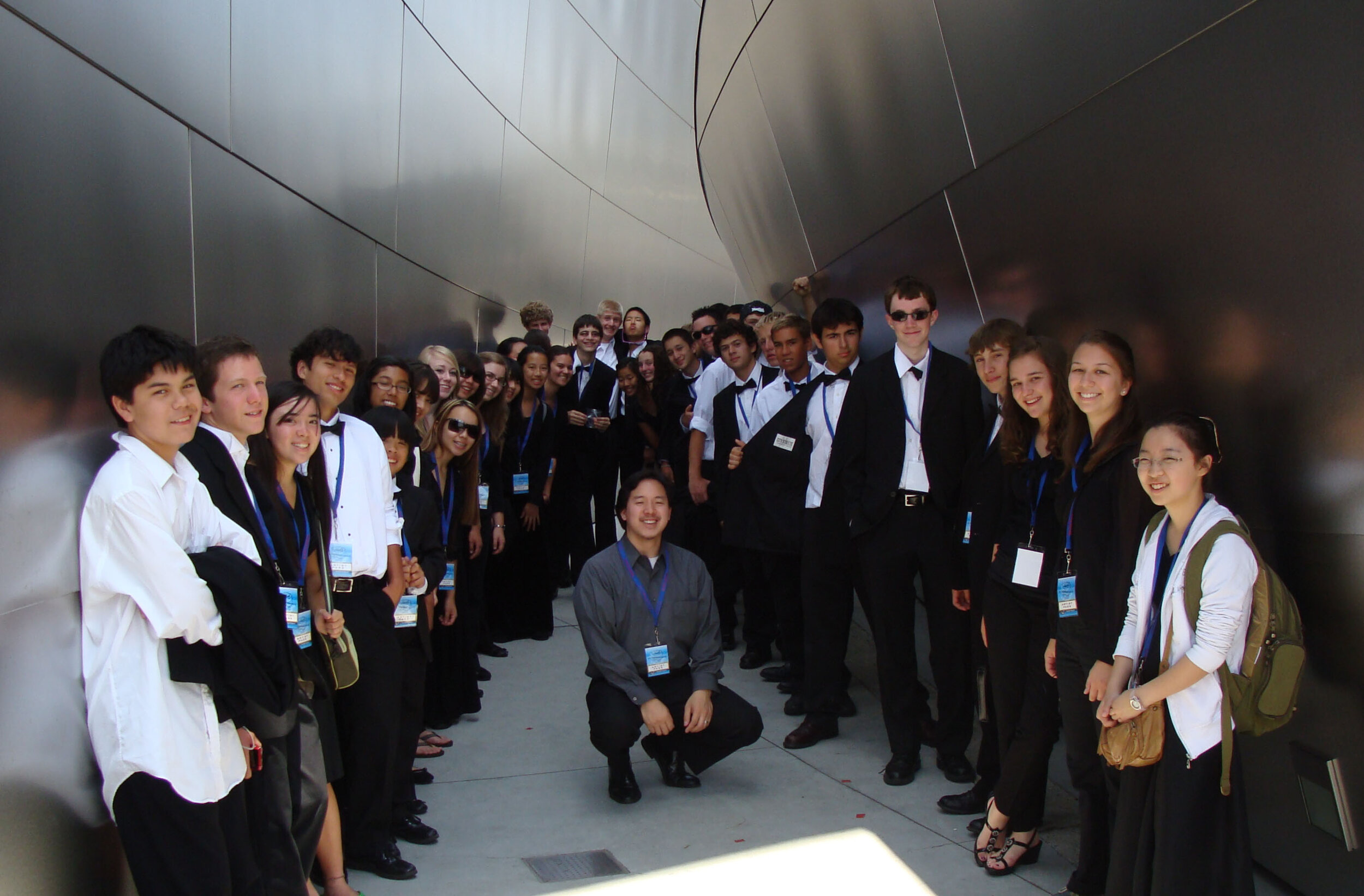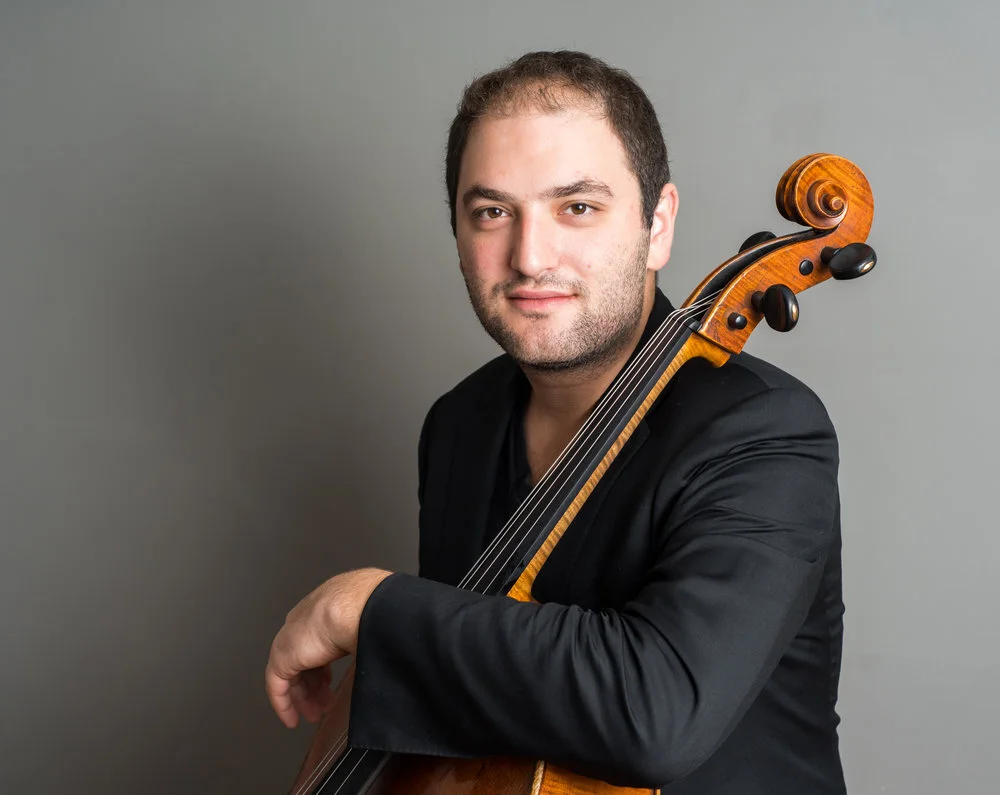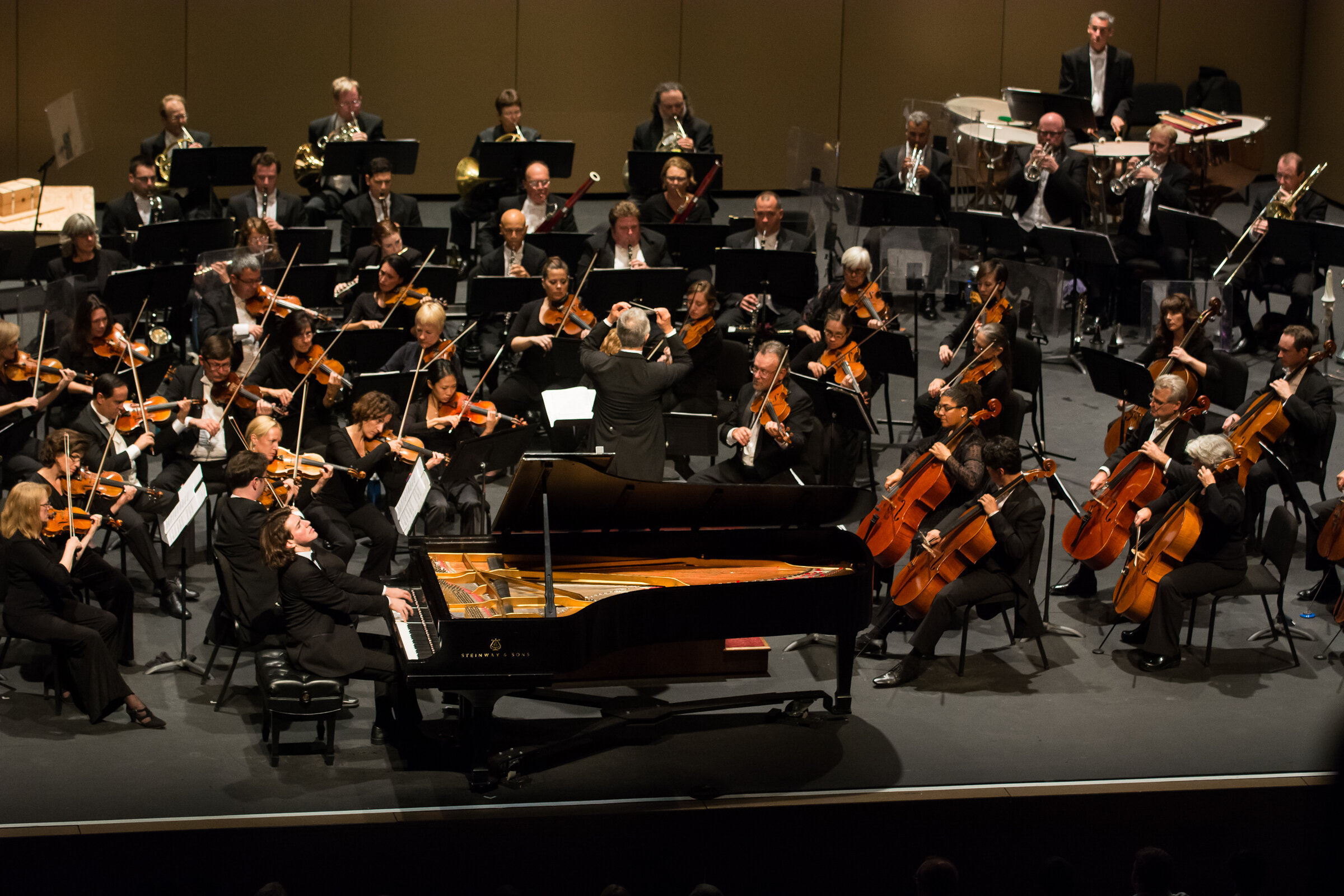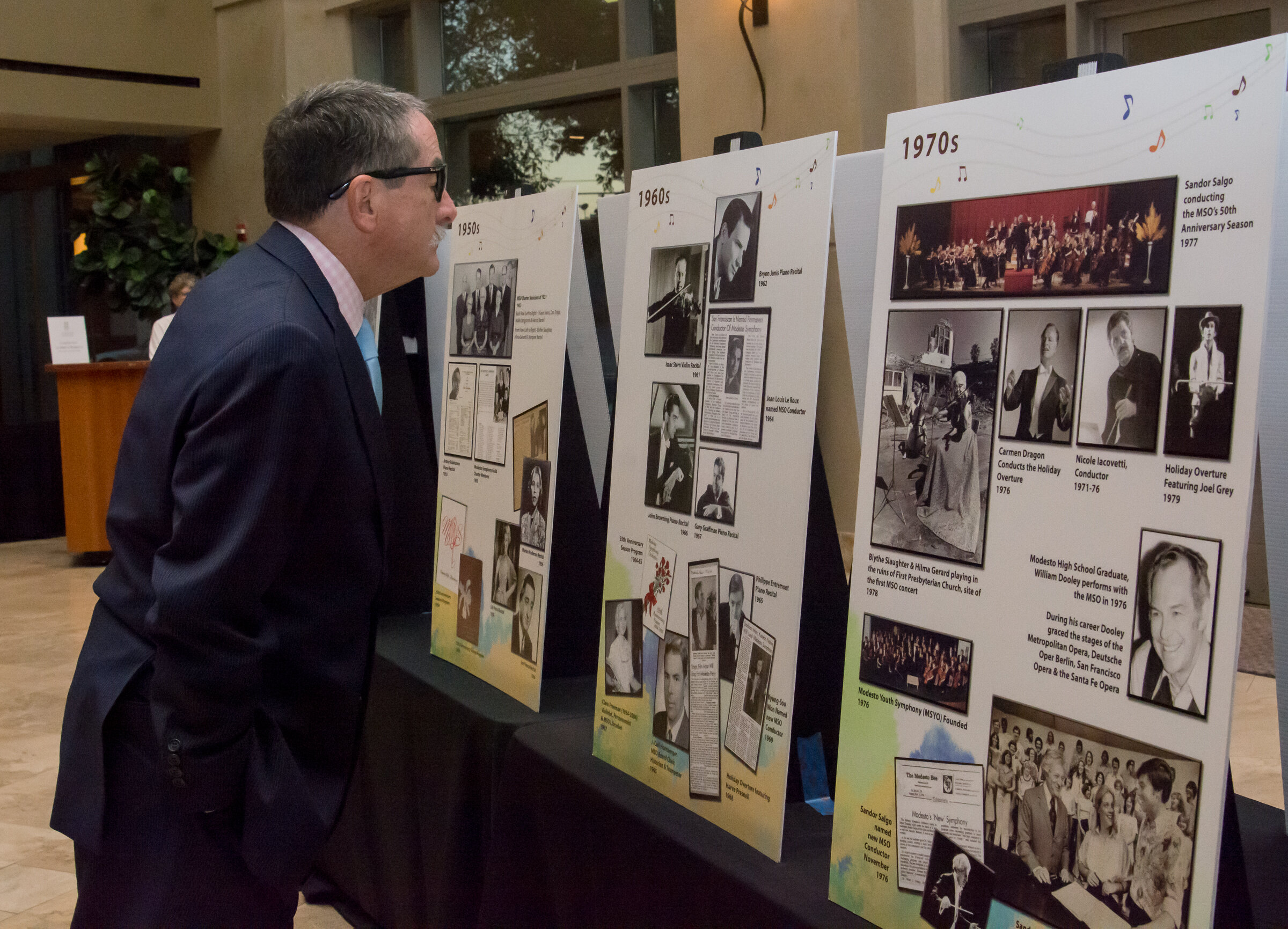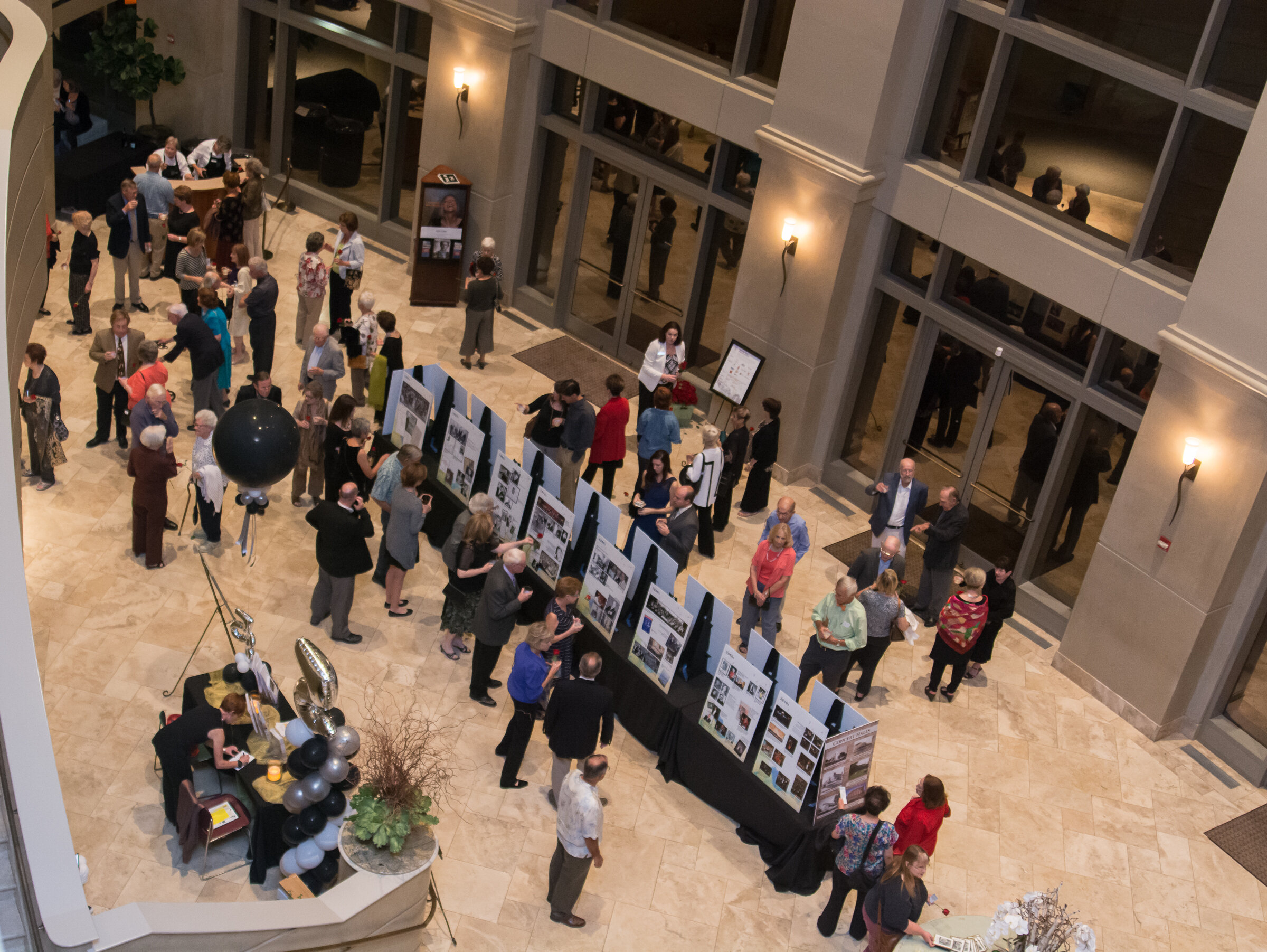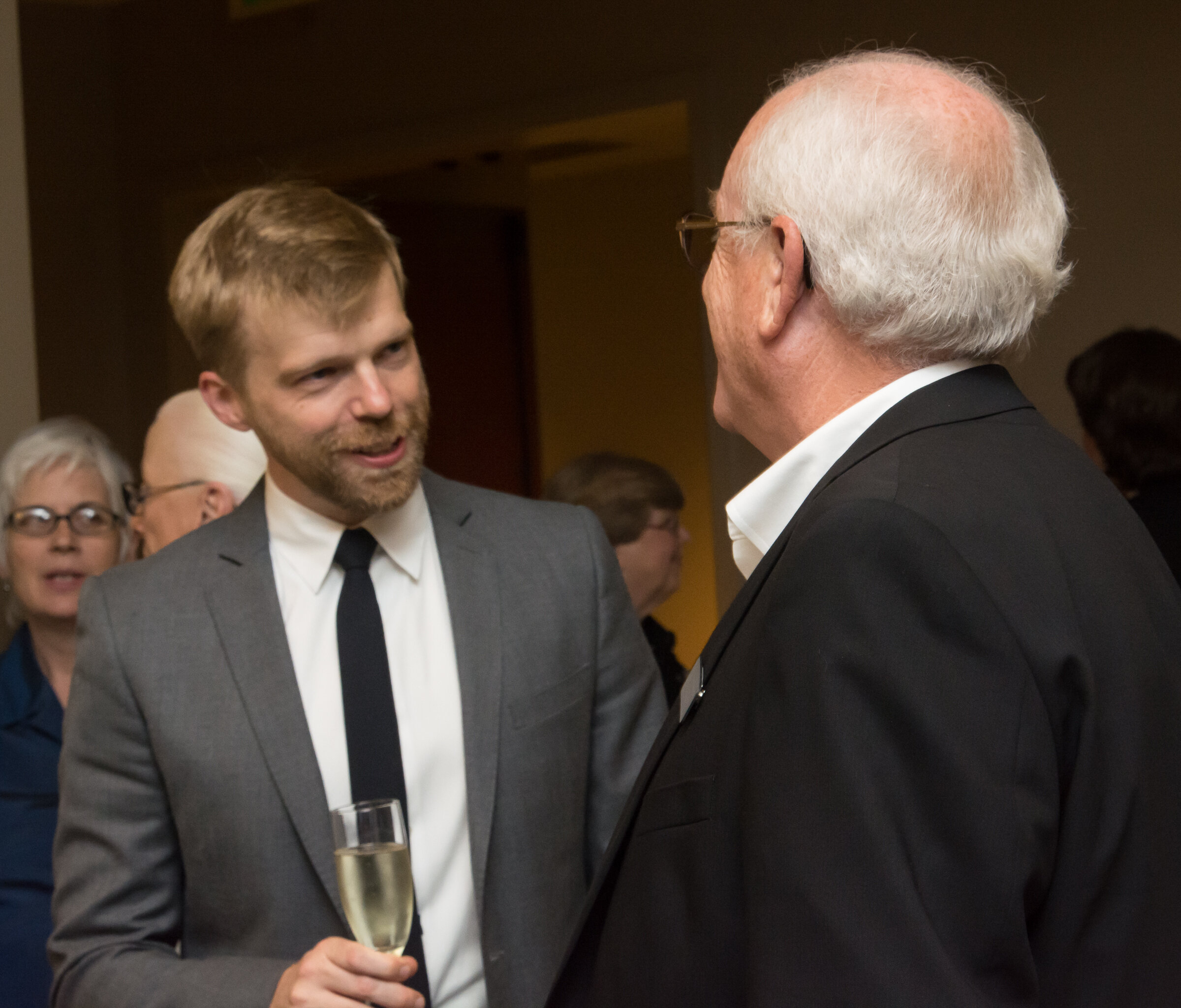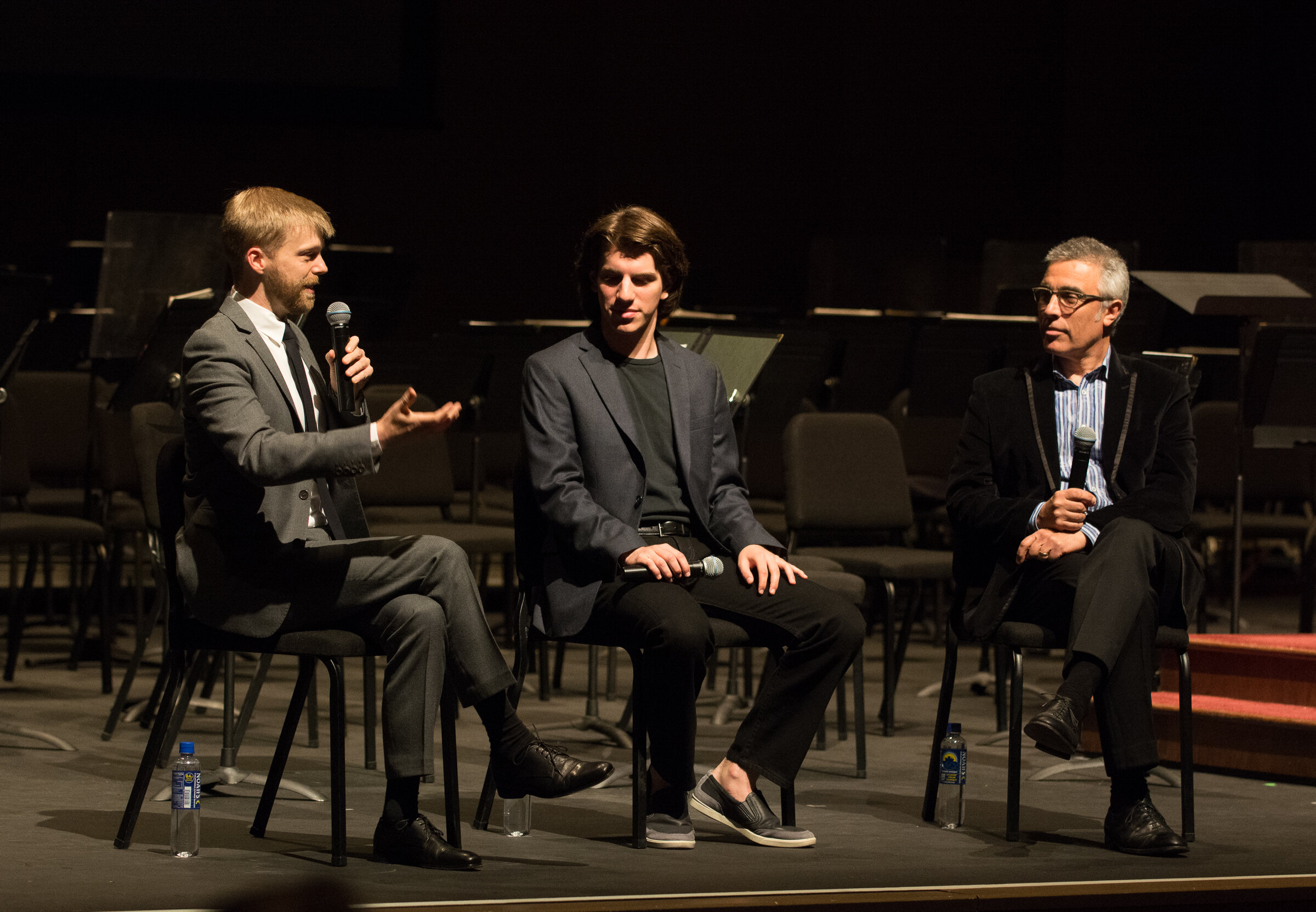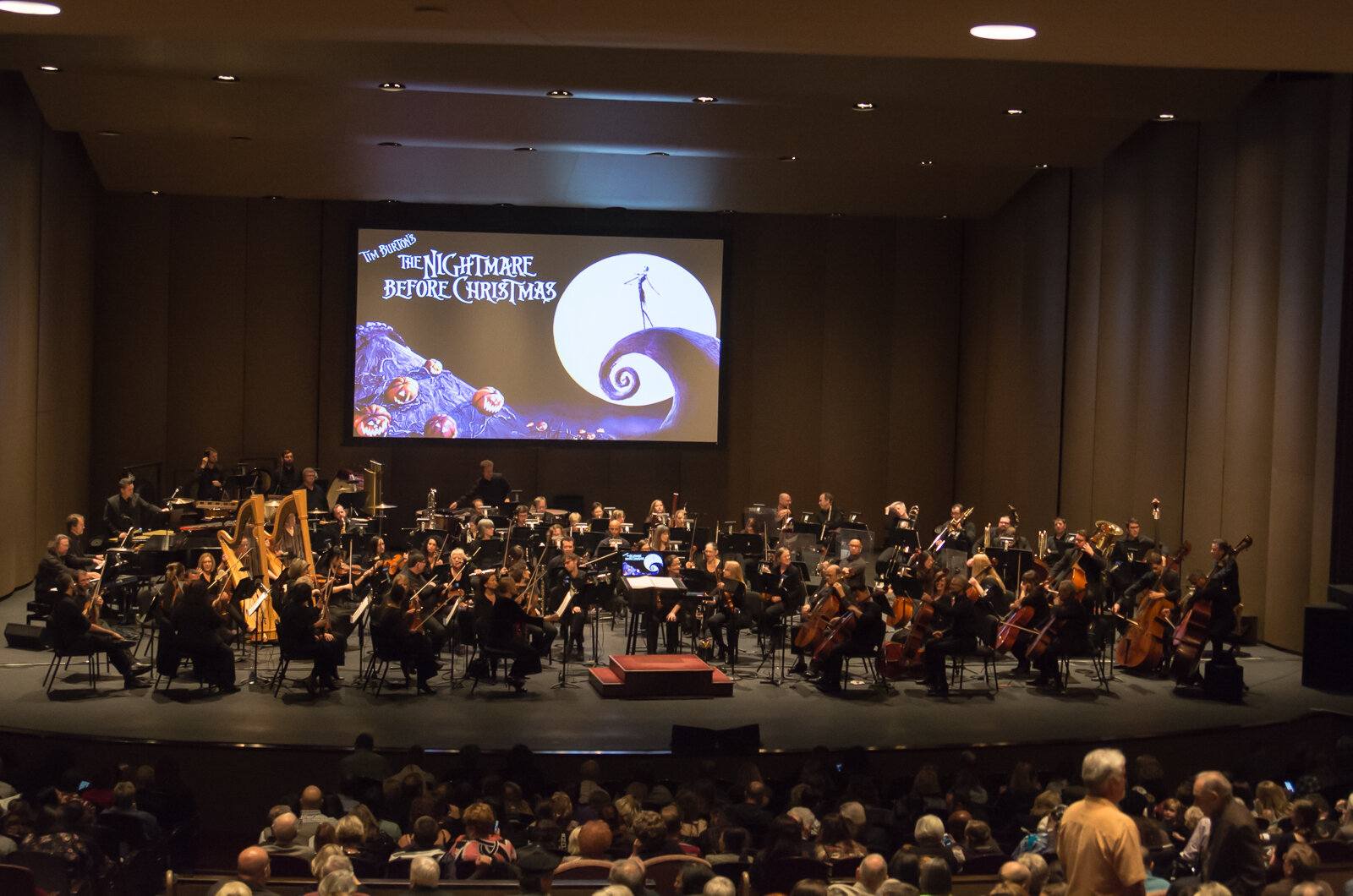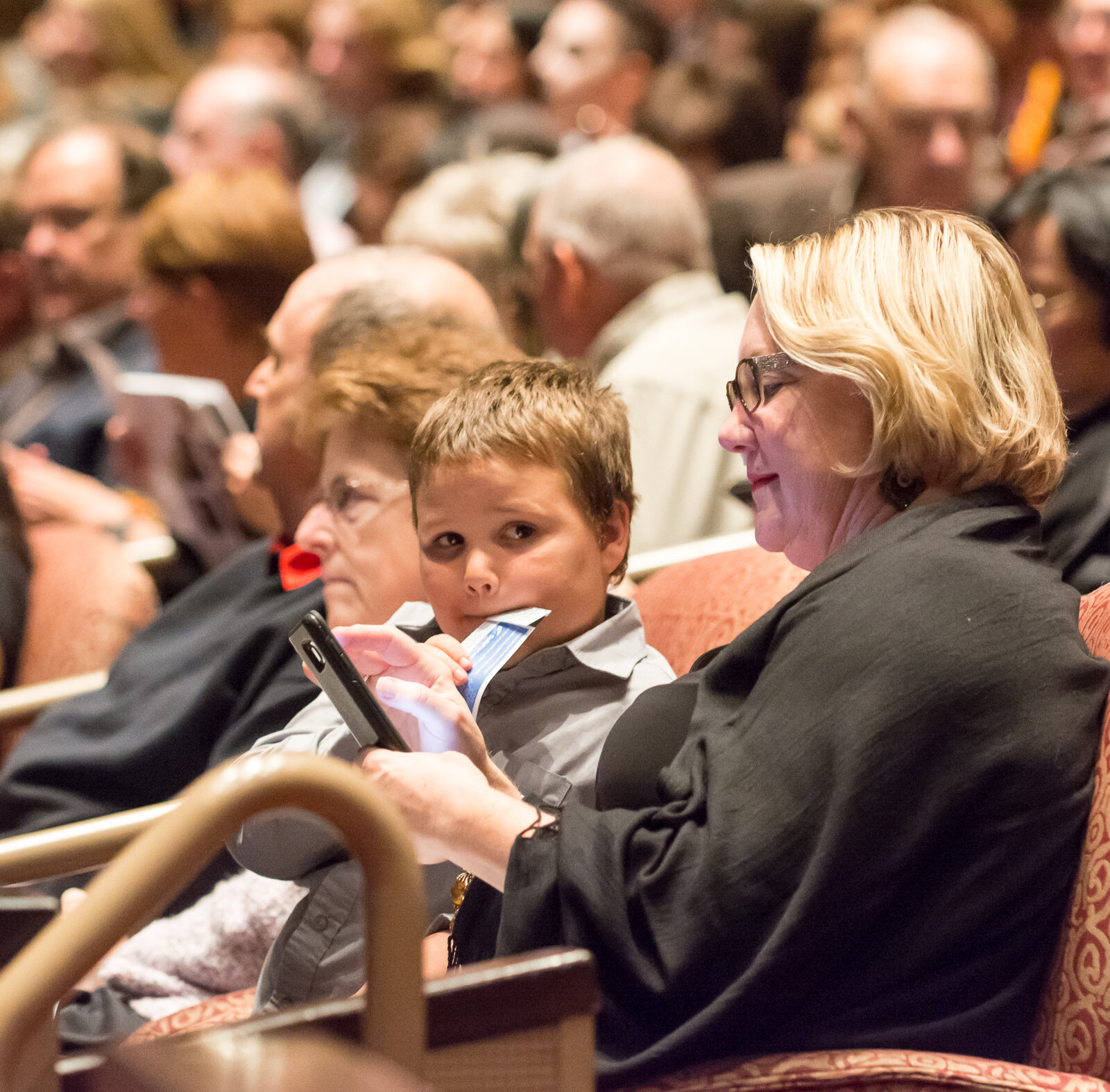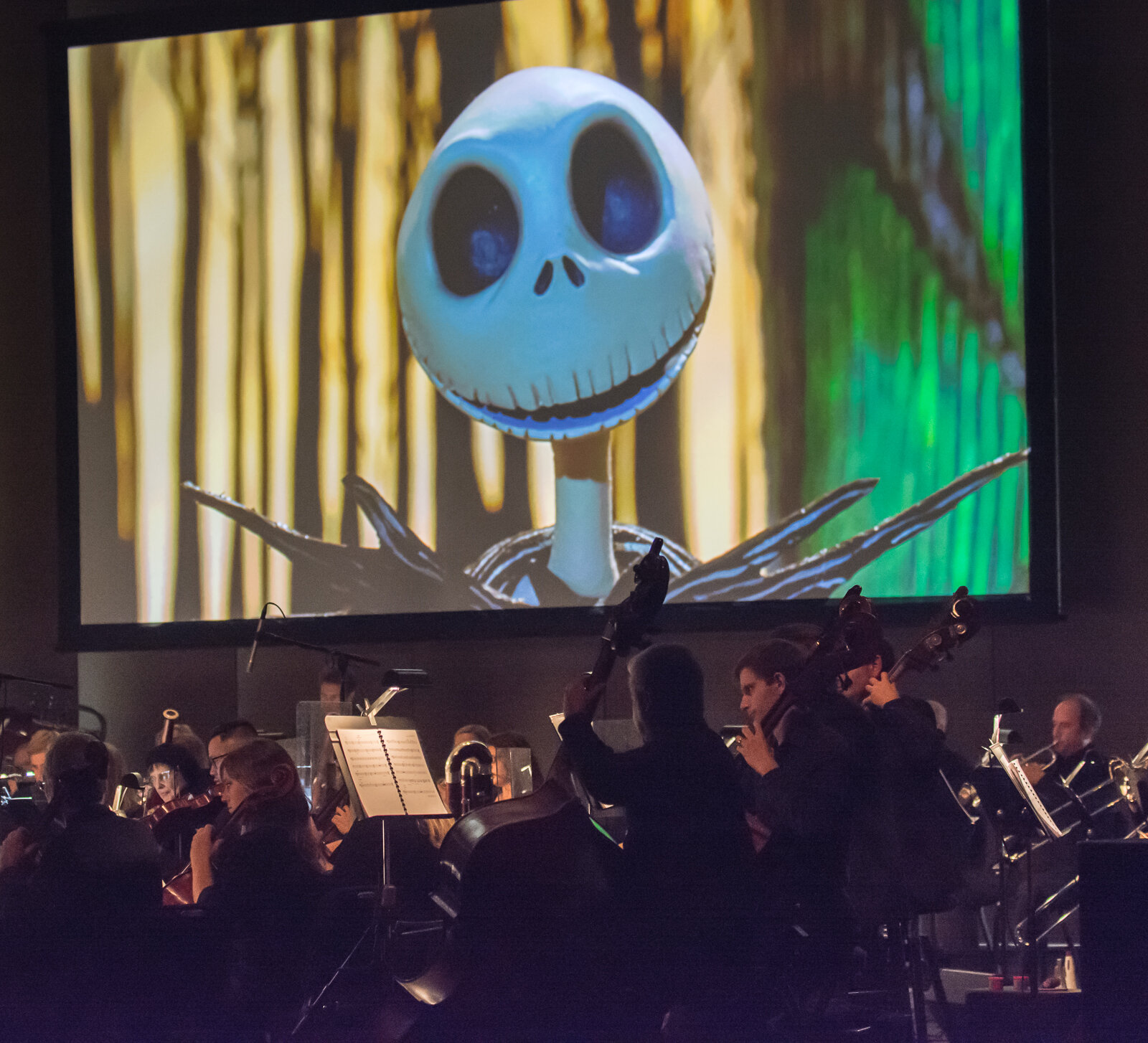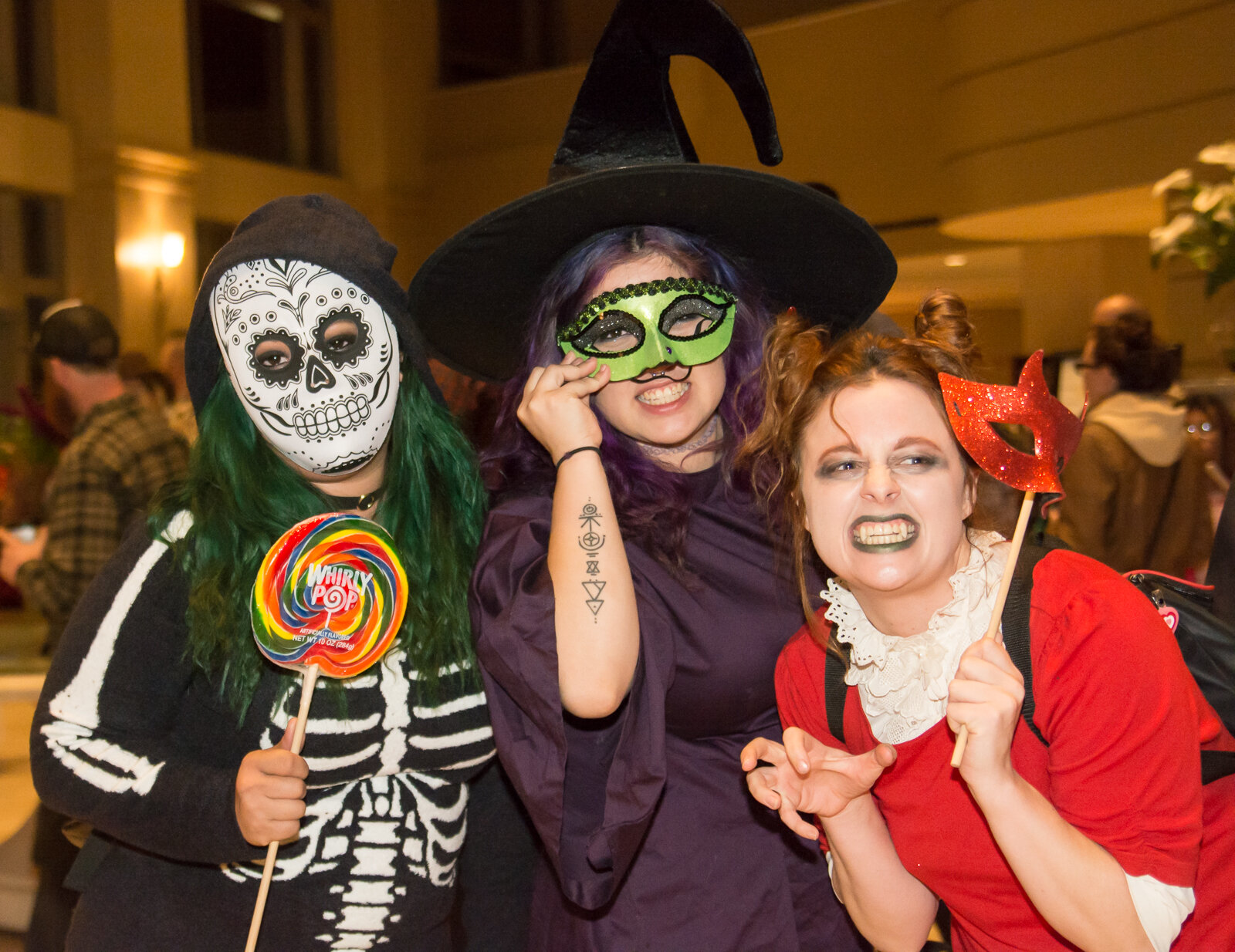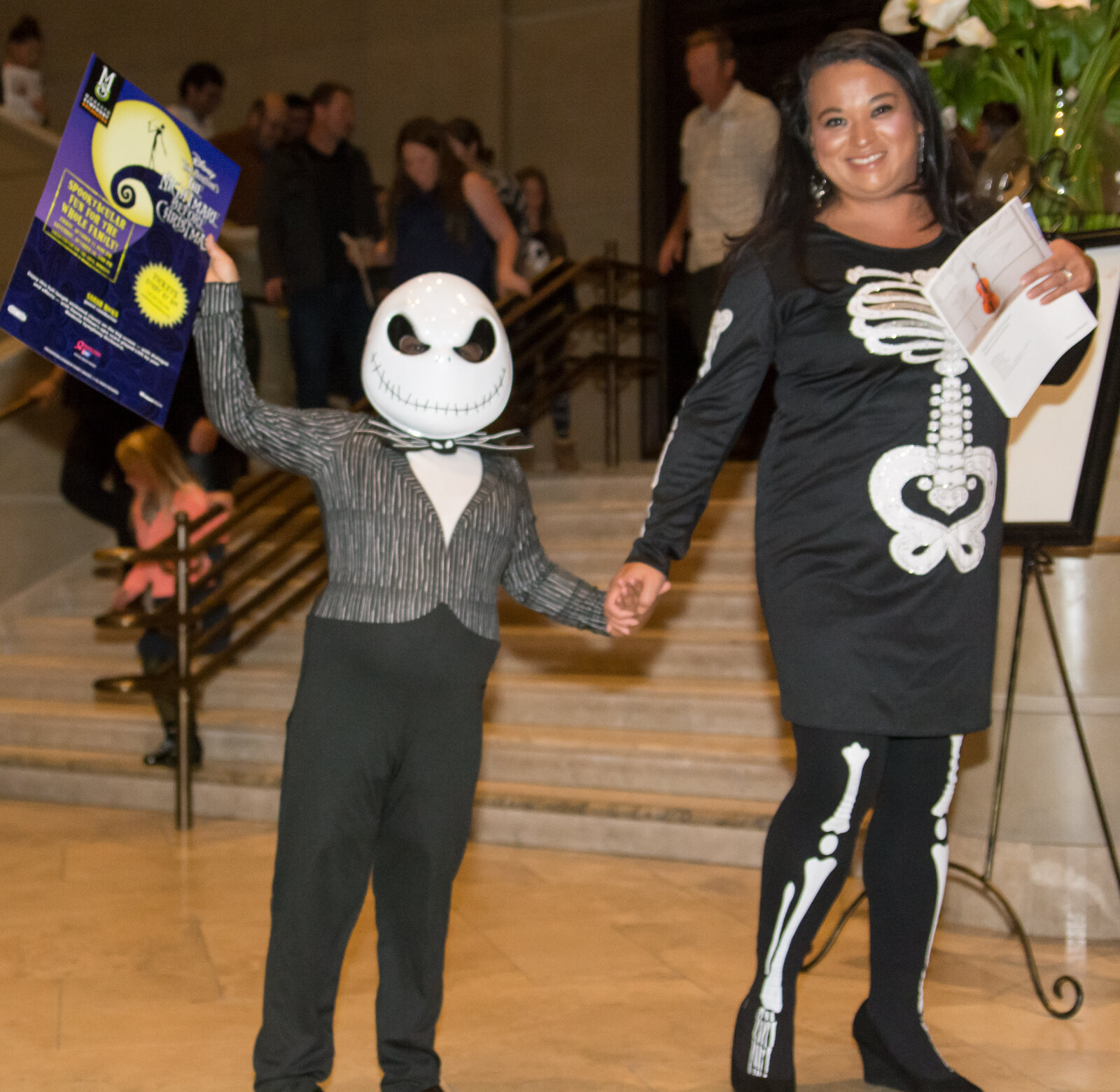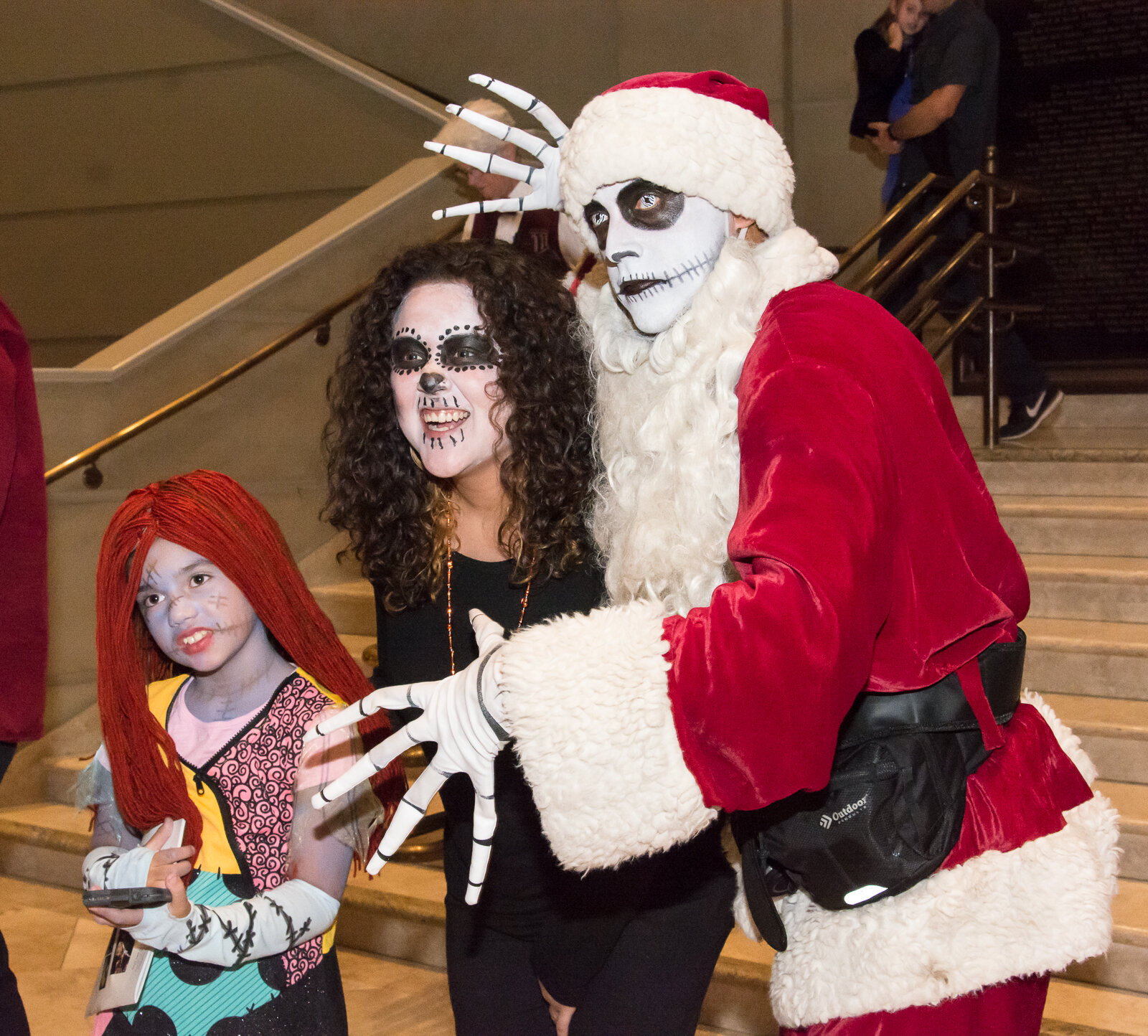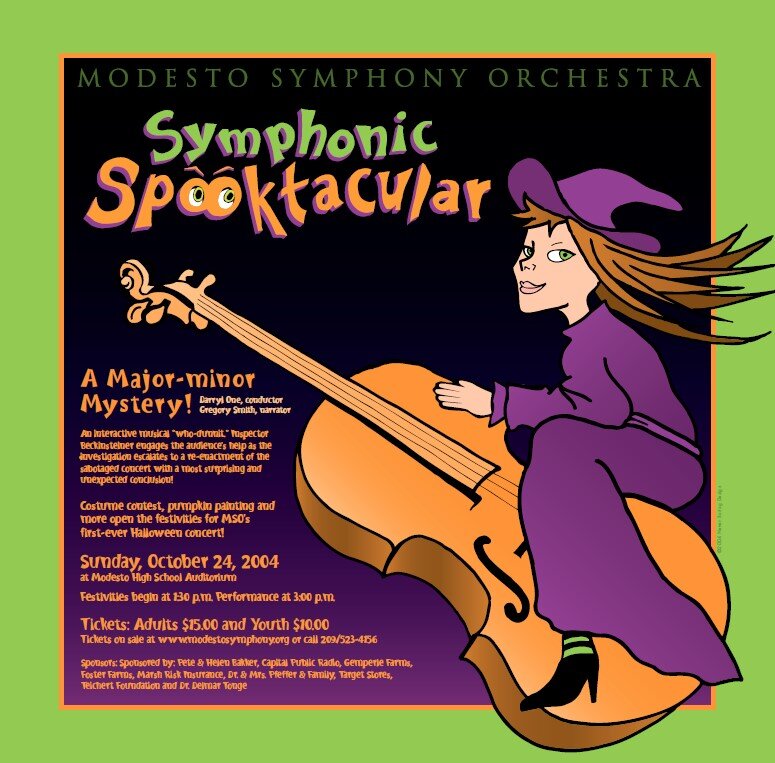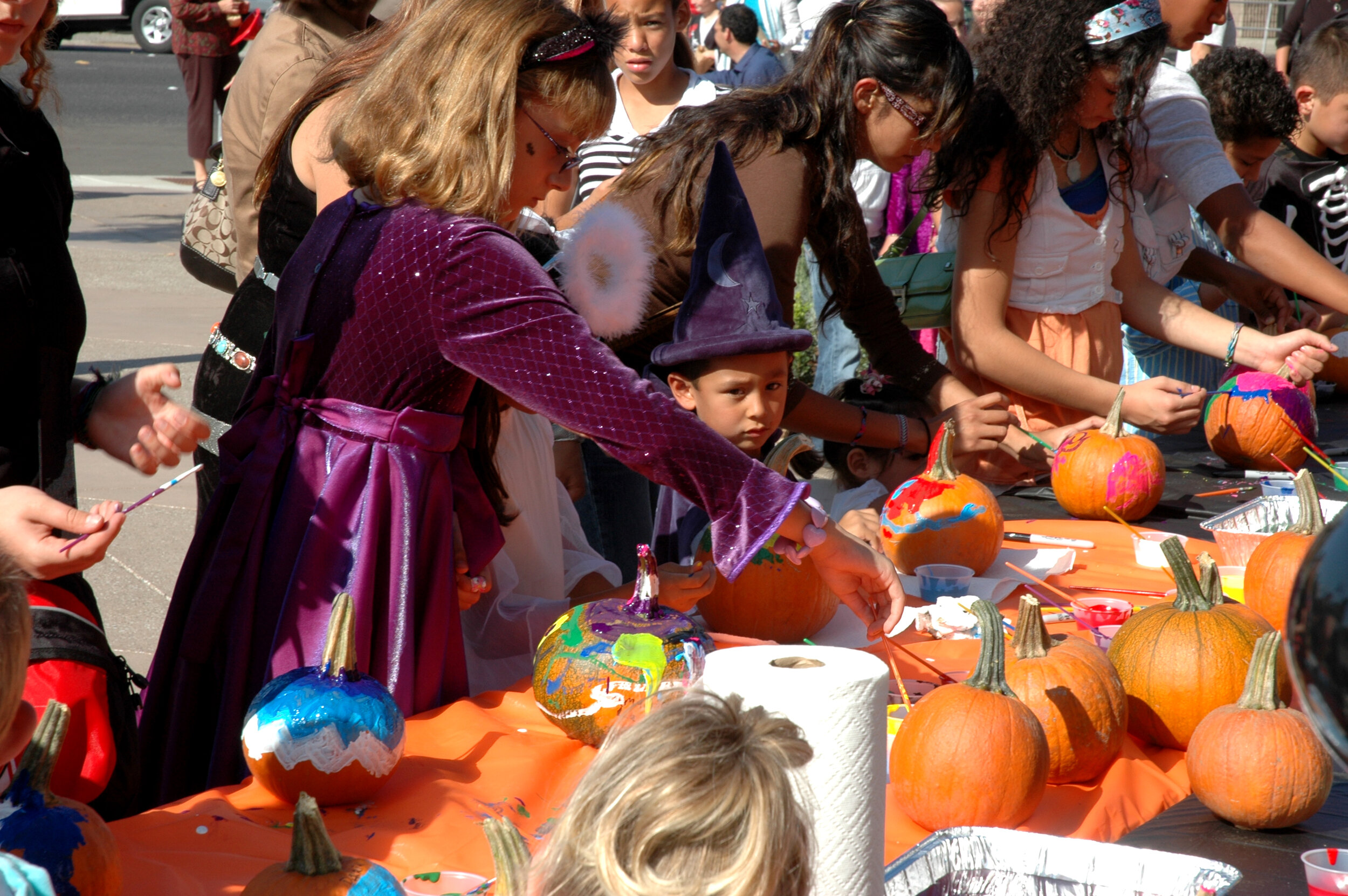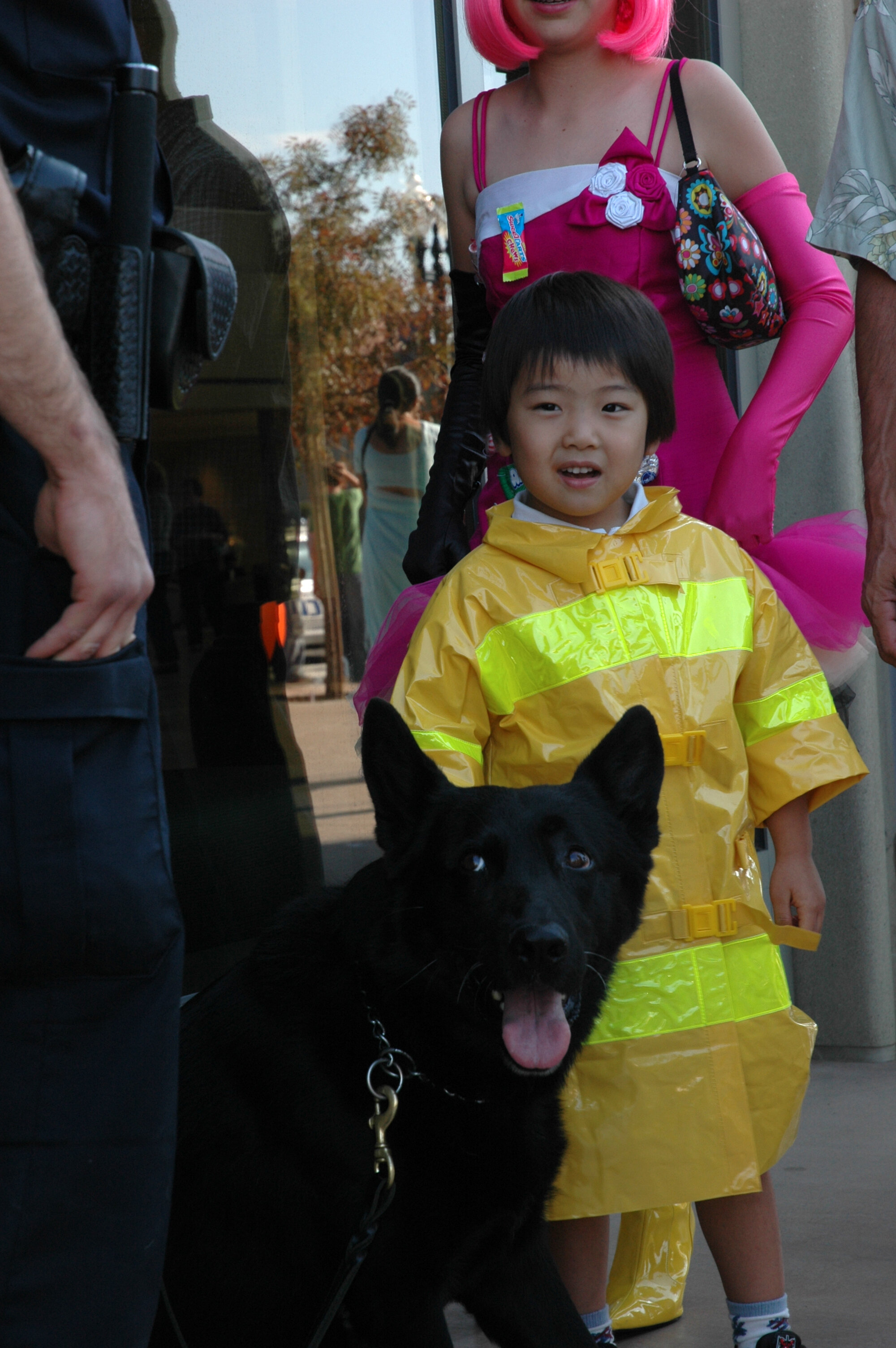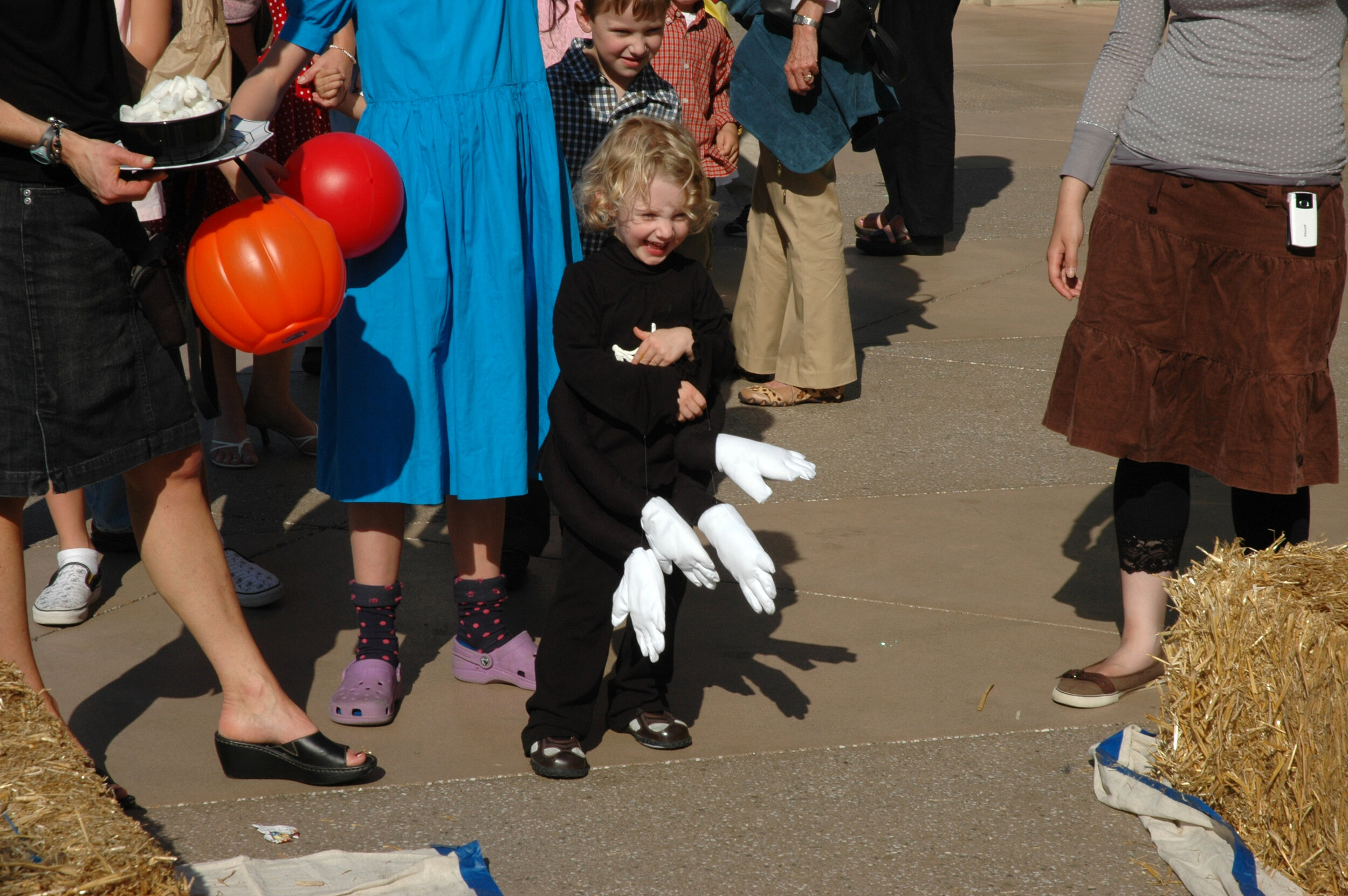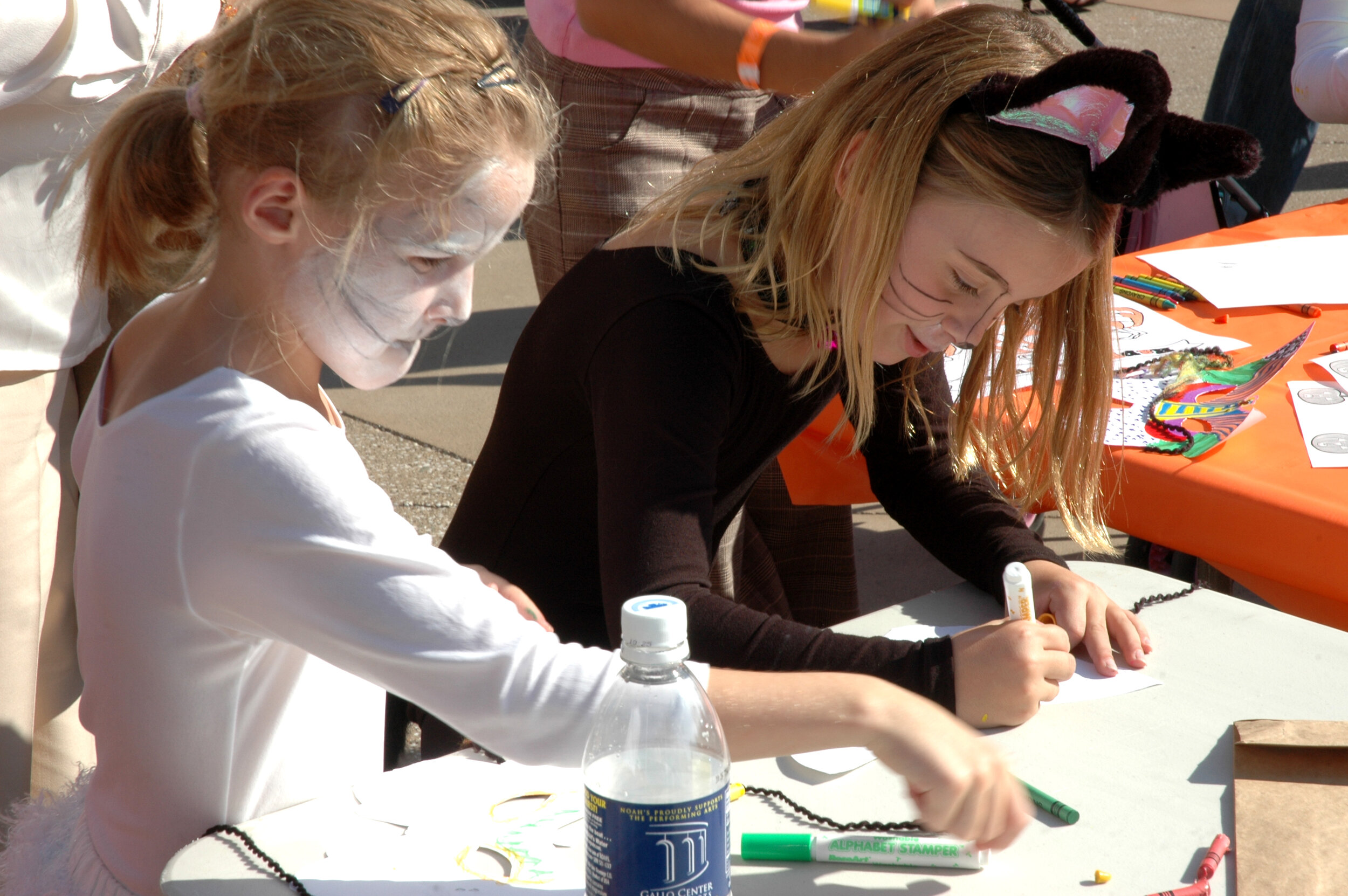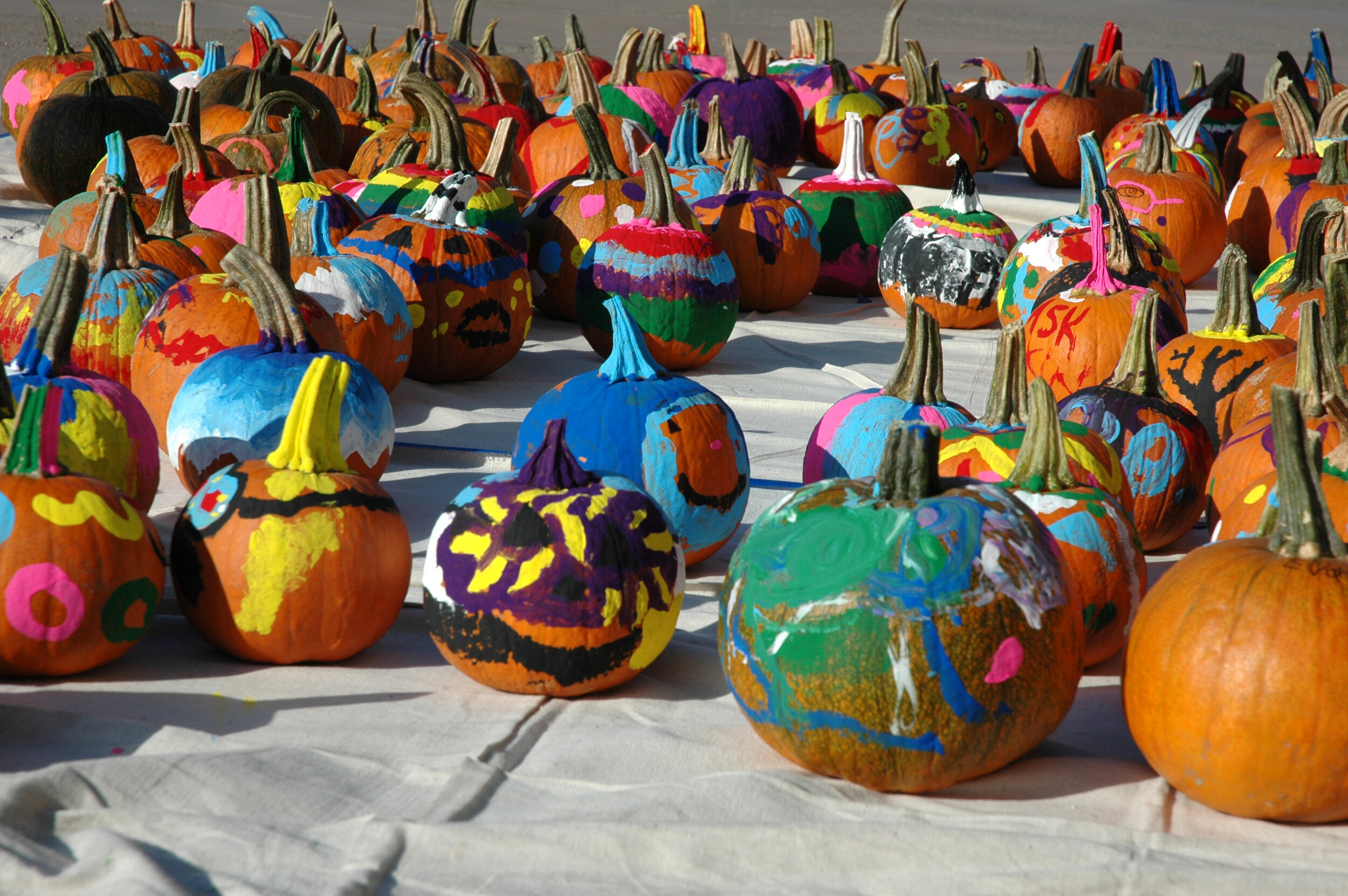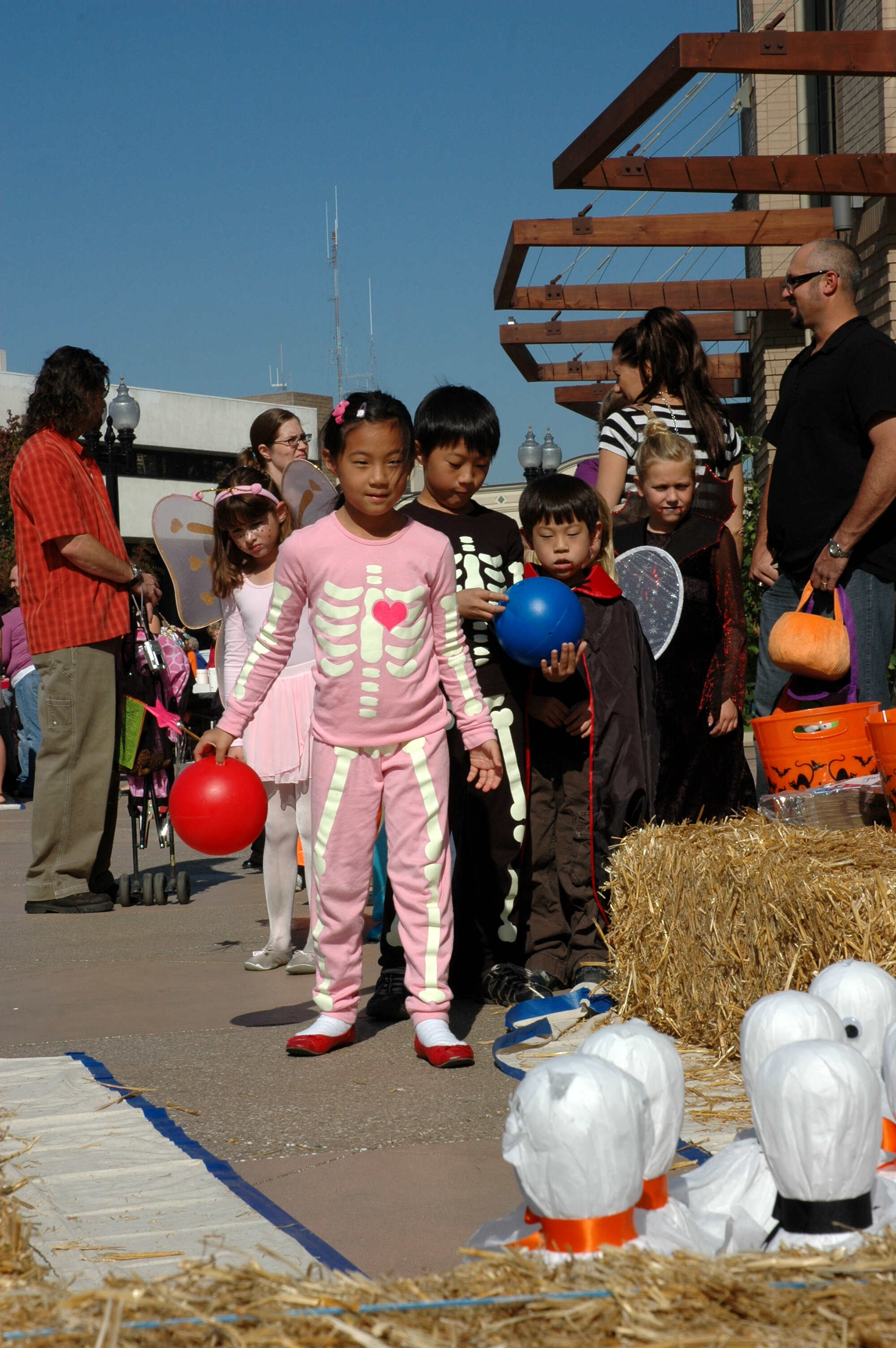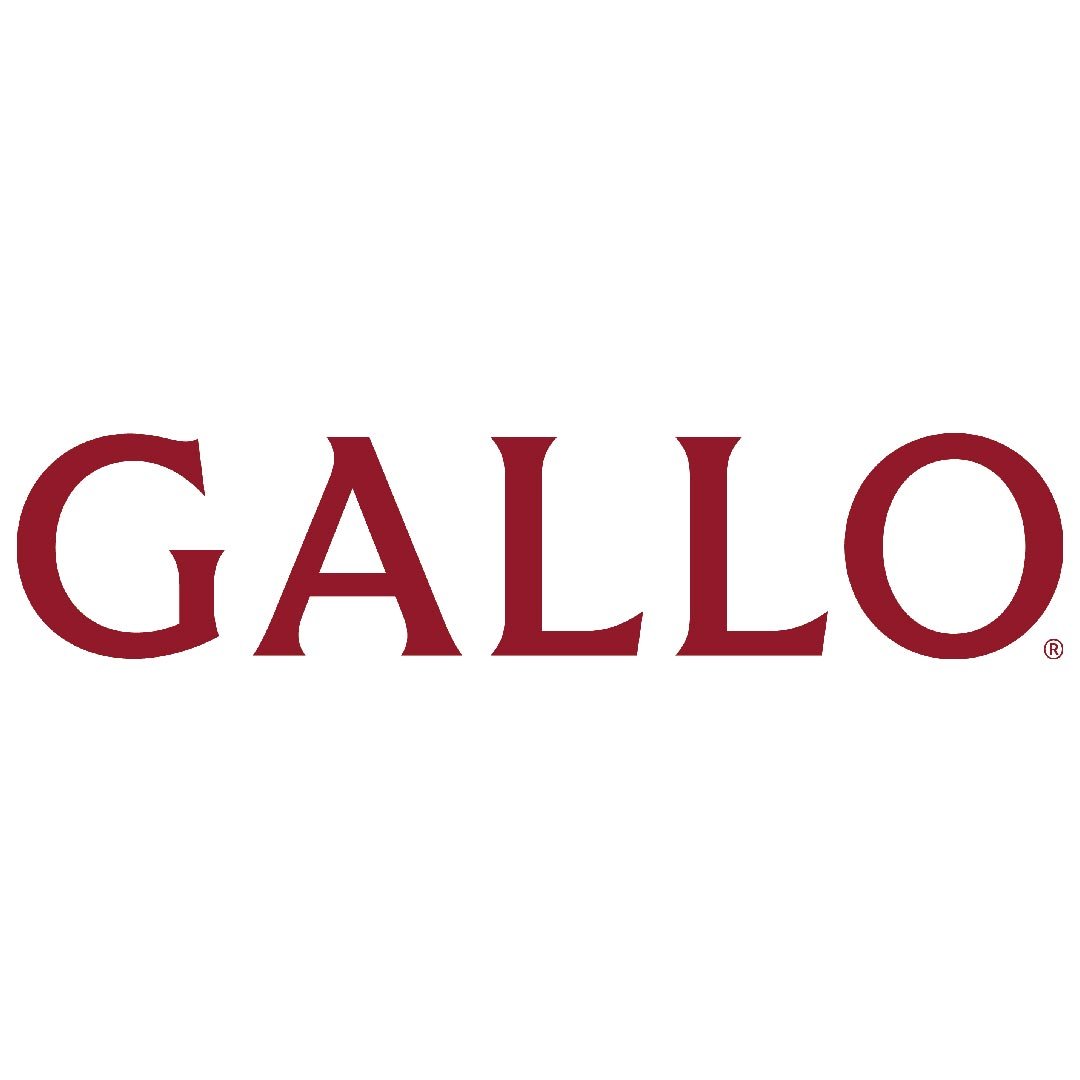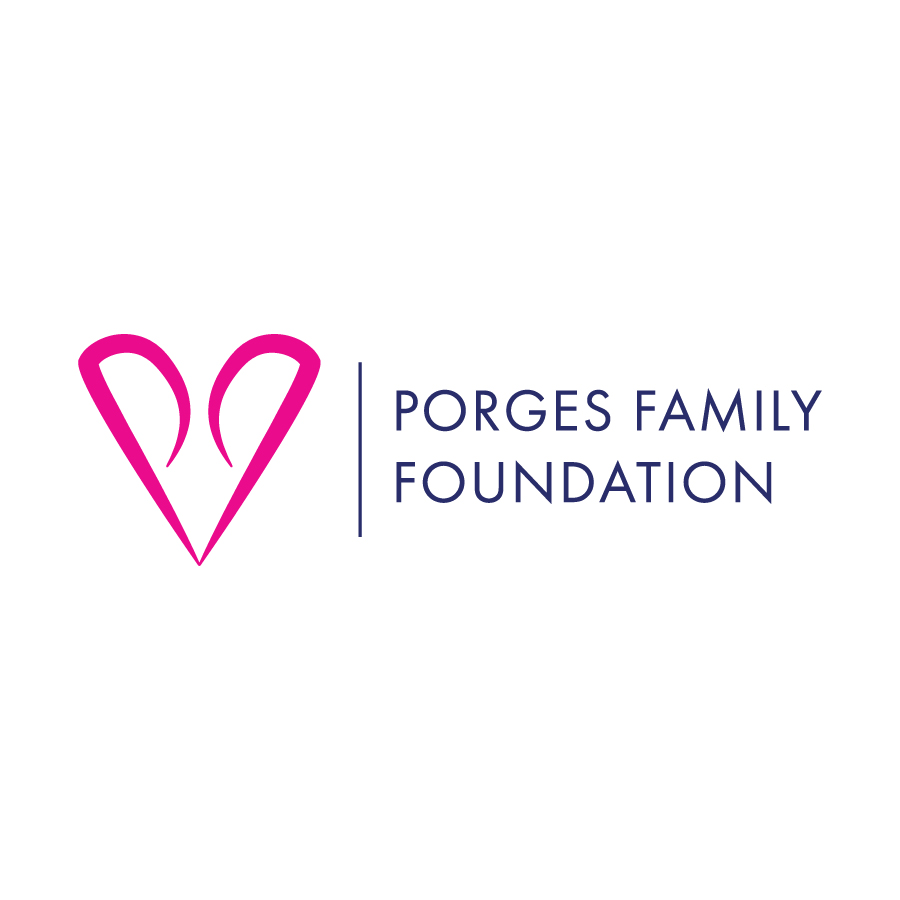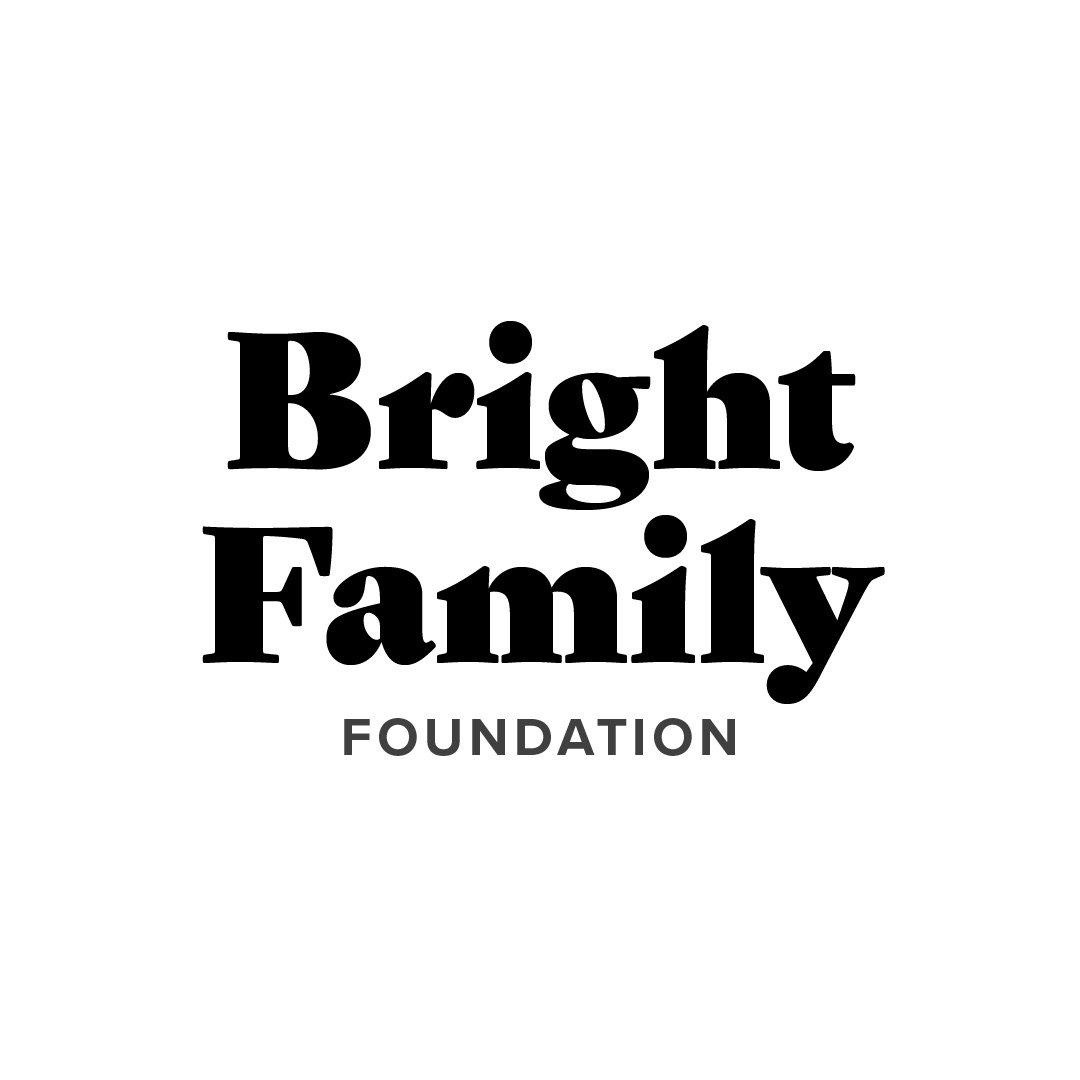March 4 & 5: Korngold & Dvorak
It’s Time for Charles Yang!
Upcoming this March 4th & 5th, Charles Yang will be performing Korngold’s Concerto in D Major for Violin alongside your Modesto Symphony Orchestra. We caught up with Charles, who last visited Modesto in 2017 with his string trio, Time for Three, to see what he’s been up to since then and to learn more about Korngold’s Violin Concerto.
MSO: We heard in a previous interview that this was one of your favorite pieces to perform, why is Korngold’s Violin Concerto one of your favorite pieces to listen to and perform?
Charles Yang: I remember hearing this concerto for the first time when I was about 14 years old. I had already learned many of the major violin concertos at that point (Brahms, Beethoven, Mendelssohn etc.) but was not familiar with the Korngold. It completely took my breath away. I was hypnotized by the fresh harmonies and its memorable themes. Without knowing Korngold was the “godfather” of Hollywood film music at the time, I remember feeling like I was within a movie when hearing it. I later realized his impact on film music, and it just made so much sense. For some reason unknown to me still, it took me 10 years from the time I first heard this concerto to when I first started to learn it and man…I didn’t eat or sleep for a few days because I was OBSESSED! I’m still obsessed every time I pick it up and I’m so glad I get to do this with your orchestra.
MSO: Korngold, best known for being one of the most influential founders of Hollywood film music, brings a sense of imagery and imagination to all his work, especially his Violin Concerto. When you listen to this concerto, what sort of imagery plays in your mind?
Erich Wolfgang Korngold, composer
CY: There is the sense of awe within this concerto. Everything about it is grand and vast. I envision space whenever I hear this piece, with its expansive harmonies and orchestration. Many of the themes are actually taken from his film scores with the first movement drawing from “Another Dawn” and “Juarez”, the second movement quoting “Anthony Adverse”, and the third movement based on “The Prince and the Pauper”. His music has so much color and texture that every listener can paint their own picture.
“There is the sense of awe within this concerto. Everything about it is grand and vast. I envision space whenever I hear this piece, with its expansive harmonies and orchestration.”
MSO: You’ve recently worked with our conductor, Akiko Fujimoto back in October 2021, what was that experience like and how excited are you to be working with her again for this concert?
CY: I am so happy to be reunited with Akiko on this concerto. It was an absolute joy working with her the last time we did it and I know it will be magical again. When we first were working on this concerto, I remember us talking about the imagery of the music and we both shared the same feeling of space and the greater beyond. It’s always great to be on the same wavelength when collaborating on a piece and I’m excited to paint this picture yet again with her!
MSO: What our audience may not know is that you’ve grown up in the world of Classical Music, with your mother being a violinist for the Austin Symphony. What is it like growing up surrounded by classical music and musicians?
CY: I used to always think it was tough growing up with my mother as my violin teacher. She gave me a violin at the age of 3 and I was actively going to her concerts not long after that. In fact, I was born the day after one of her shows and she remembers me kicking during the Bruch Violin Concerto when I was still in her belly. I don’t remember a time when I didn’t have music in my life, and I definitely took that for granted as a child. Looking back now, I am so grateful for all the hours she put in teaching me how to play and all the concerts I got to attend. At the time it just felt like the norm, but now I see how lucky I am to have gotten so much attention towards my musical upbringing.
MSO: What is it like crossing over the different genres of music that you’ve performed in? Is it challenging switching back and forth?
CY: Learning a new genre in music is like learning a new dialect or language. For me, I have always been curious about learning new “dialects” and how I could tie that into my own voice. Having been exposed to so many great blues, country and rock artists in Austin, Texas (where I grew up), I became fluent in a lot of those genres because I was constantly thrown into situations where I had to collaborate with them. But just like any language, it took trial after trial before I actually was fluent. Because I’ve been lucky enough to play with so many great artists from different genres, I’ve collected so many “tools” to put in my musical “toolbox”. Just like within classical music, learning how to play Bach is stylistically very different from learning how to play Bartok, so with this in mind, I don’t find playing the blues to be that far off from playing the vast canon of “classical music”. Sure, the brain works in a different way when improvising, but just like in anything, it can be trained to feel natural.
Time for Three with the MSO, April 2017
MSO: You’ve performed before here with the Modesto Symphony but with your group, Time for Three back in 2017. What’s the biggest difference when preparing for a solo performance versus your string trio?
CY: When preparing for a solo concerto, I strive to do as the composer intended while lending my own unique interpretation to it. With Time for Three, we often times play music written by us or written for us in collaboration, so our voices were already implemented within the composition. The biggest difference I find is that when working with Time for Three, the “soloist” is actually the combination of Nick, Ranaan and myself. We work as one unit and sound so there is a lot of interplay among us while also trying to blend with the orchestra. When I am a soloist with a concerto, it’s just me and the orchestra so its solely up to me to interpret and blend with the orchestra.
MSO: Do you have any fun plans outside of work while being in Northern California? (Sights to see, places to you have to eat at, etc.)
CY: I might visit my grandma who lives in San Francisco so I’m pretty excited about that but other than that, please let me know where I should go!!!
MSO: What upcoming performances/projects are you looking forward to?
CY: There are some really exciting projects that I am super stoked about! Time for Three just recorded two concertos written for us by Kevin Puts and Jennifer Higdon with the Philadelphia Orchestra which should come out soon! I’m also about to record a concerto written for me by Kris Bowers with the American Youth Symphony which we got to premiere at Disney Hall two years ago right before the pandemic so that one is special to me! Maybe I’ll get to bring these pieces to Modesto one day!
MSO: Why do you believe the Symphony or live performances are still relevant and important to attend?
CY: There is nothing like live music. After almost 2 years of concerts being cancelled because of the pandemic, I can tell how much people thirsted to hear a live orchestra in a concert hall. To be at an acoustic venue with live musicians playing in front of you where you can feel the sonic vibrations hit your soul is unexplainable and transcends any other listening experience. While the medium of how we listen to music has changed so much over the years from LPs to cassettes to CDs and now streaming, the concert hall or live music venue has stayed relevant and steady for a good reason. With so much music written over so many years, going to the symphony is the closest thing to time travel in my opinion.
“To be at an acoustic venue with live musicians playing in front of you where you can feel the sonic vibrations hit your soul is unexplainable and transcends any other listening experience.”
Meet Charles in Modesto!
Come watch Charles perform Korngold’s Concerto in D Major for Violin this March 4th & 5th at the Gallo Center for the Arts!
